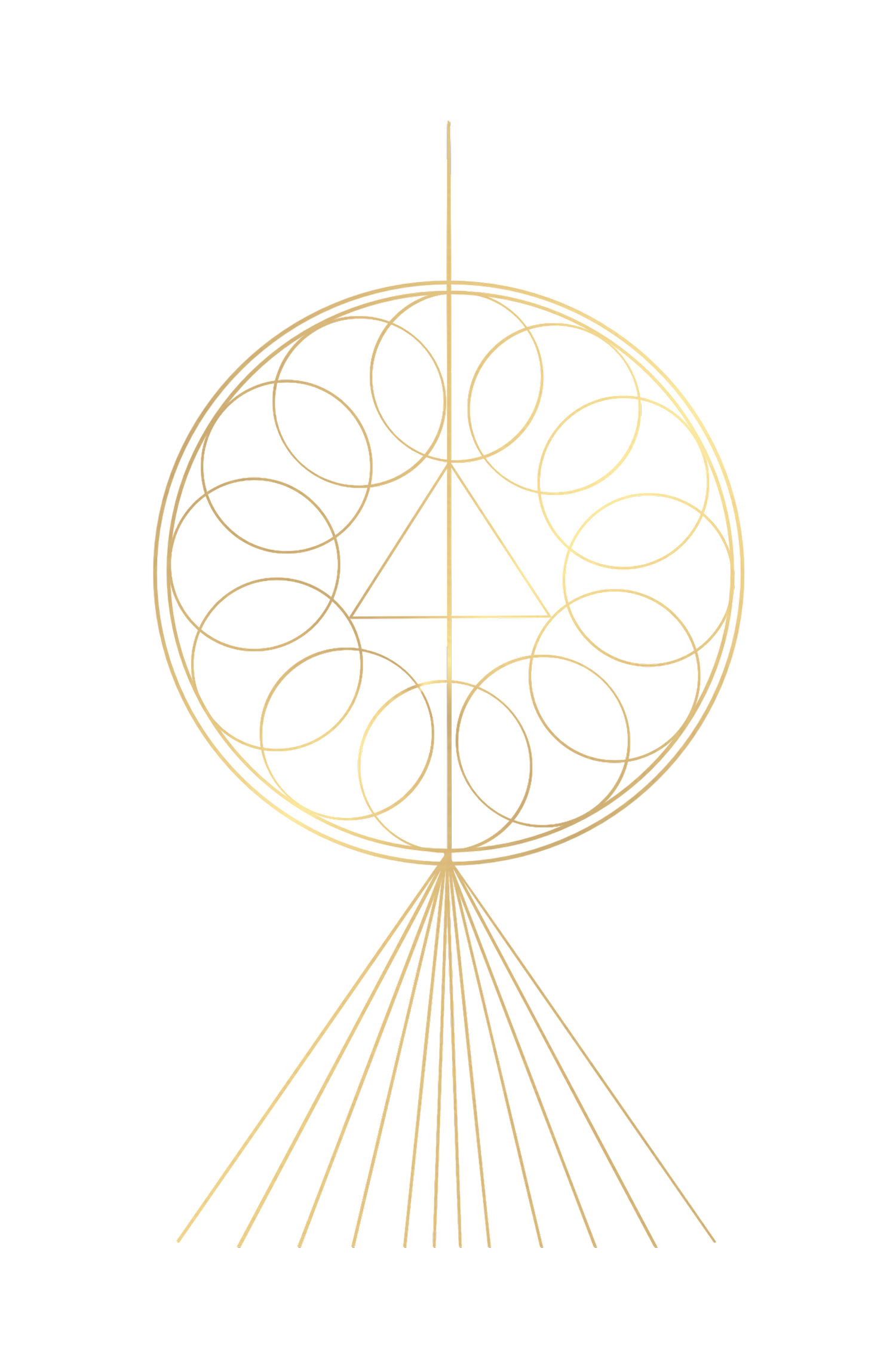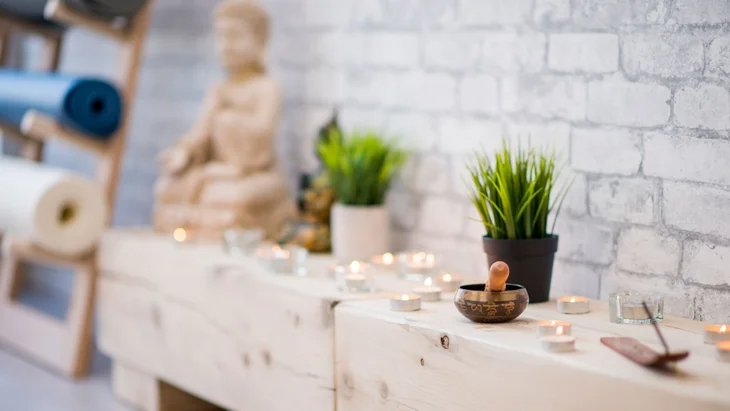
Root &
Ground
The root of a thing forms its very essence, guiding its growth and character. Hidden beneath the surface, it influences every aspect, unseen but perpetually present. Roots intertwine and anchor, establishing a foundation that allows you to ground down, expand, and explore your body.
The Root allows you to deepen your practice and awareness, learn, grow, and connect with your body and inner world.
-
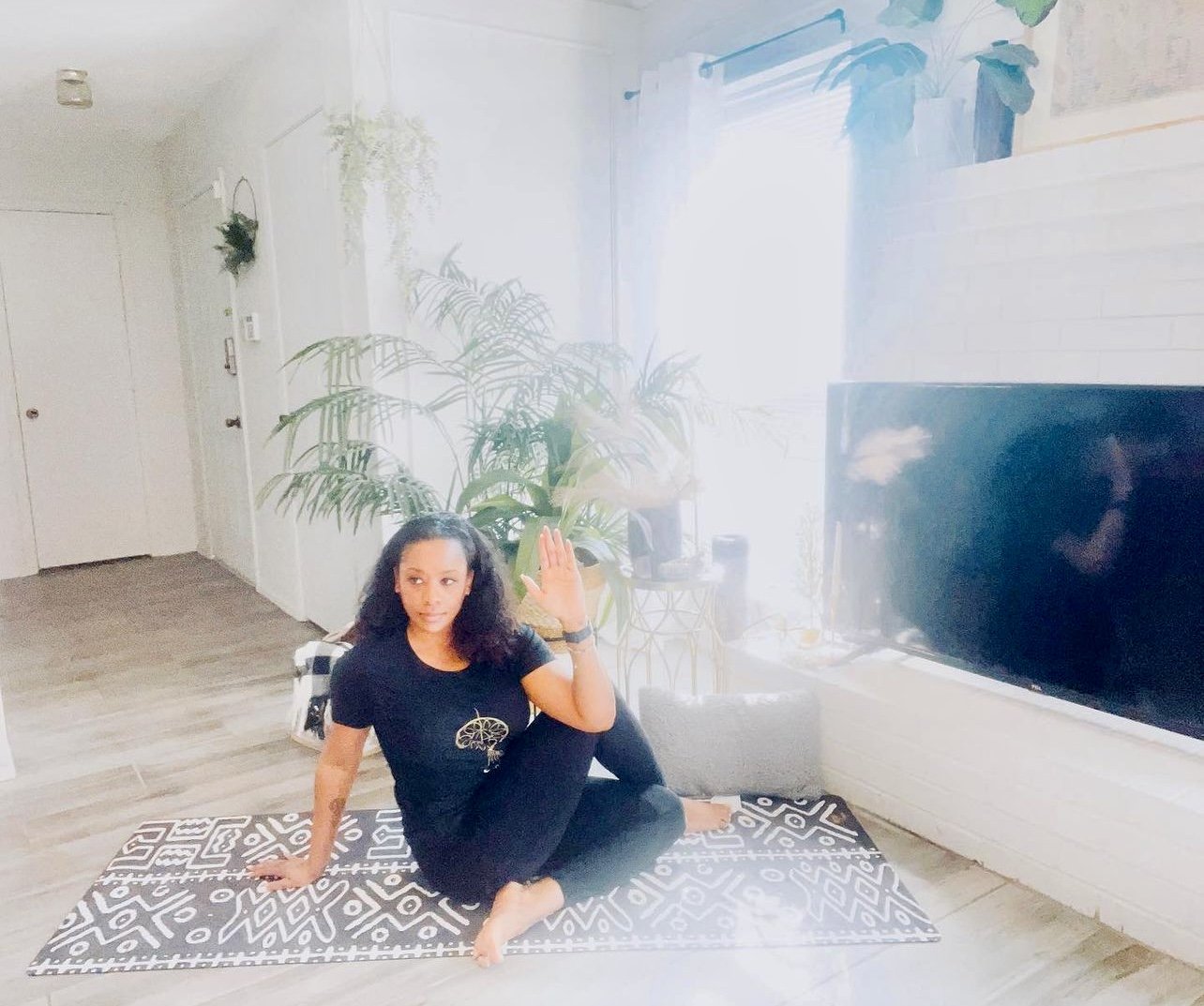
Ardha Matsyendrasana ~ Half Lord of the Fishes
Half Lord of the Fishes Pose (Ardha Matsyendrasana) provides many benefits for both body and mind. It stretches the shoulders, hips, neck, and spine, improving flexibility and reducing tension. This pose helps reduce fatigue, back pain, and sciatica, making it good for those with discomfort. It also aids digestion and boosts metabolism, promoting a healthy gut. Additionally, it supports kidney and liver health, aiding detoxification. For women, this pose can ease menstrual pain. The twisting motion tones the stomach and massages the internal organs, enhancing overall vitality and balance.
-
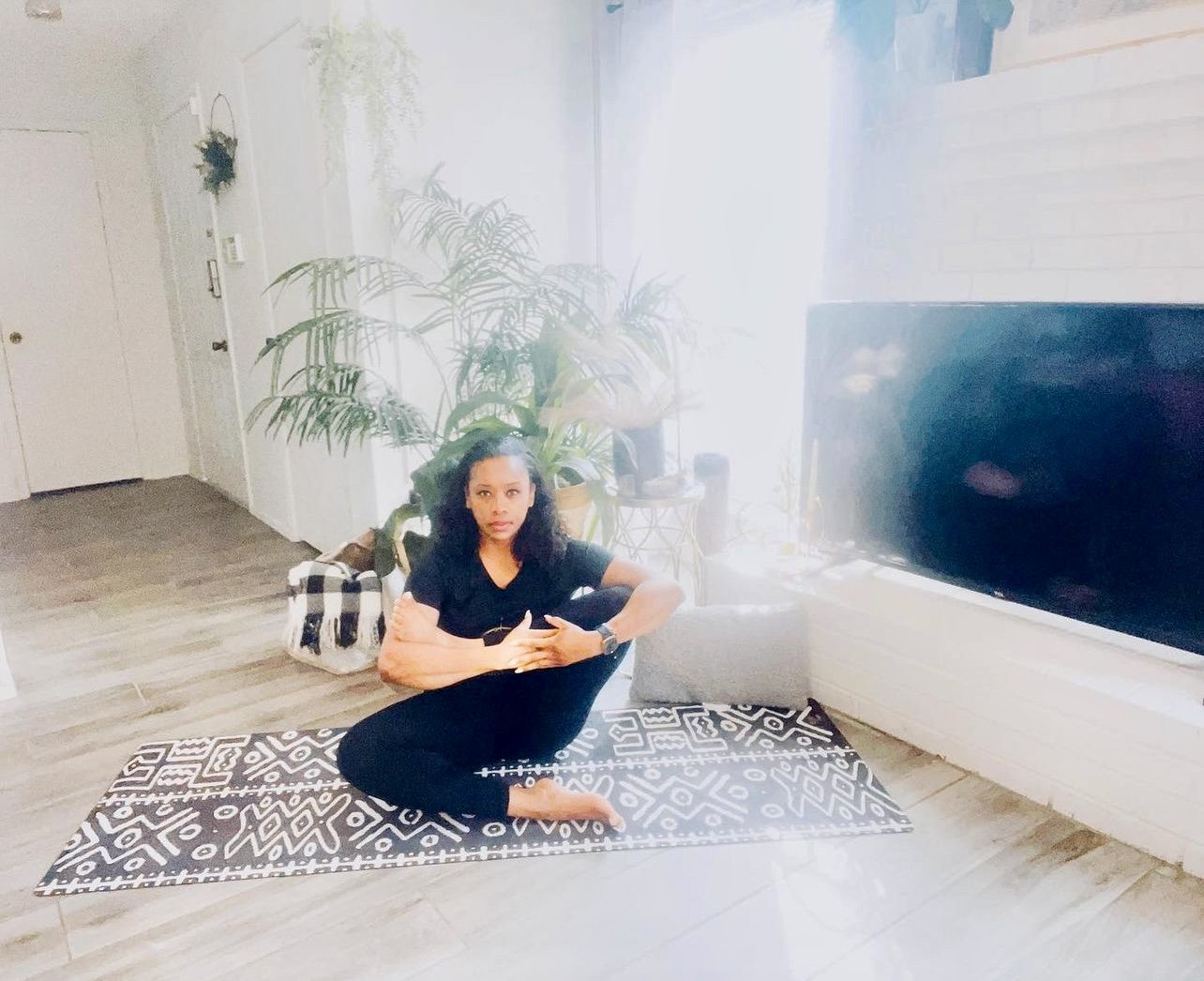
Hindolasana ~ Cradle Pose
Cradle Pose is a helpful hip opener that stretches the hamstrings, quadriceps, groin, glutes, and pelvic floor. It eases tension in the lower back and improves flexibility and movement in the knees, hips, thighs, and lower back, promoting better mobility. By working the groin muscles, Cradle Pose also builds flexibility and strength in the legs for a balanced lower body.
-
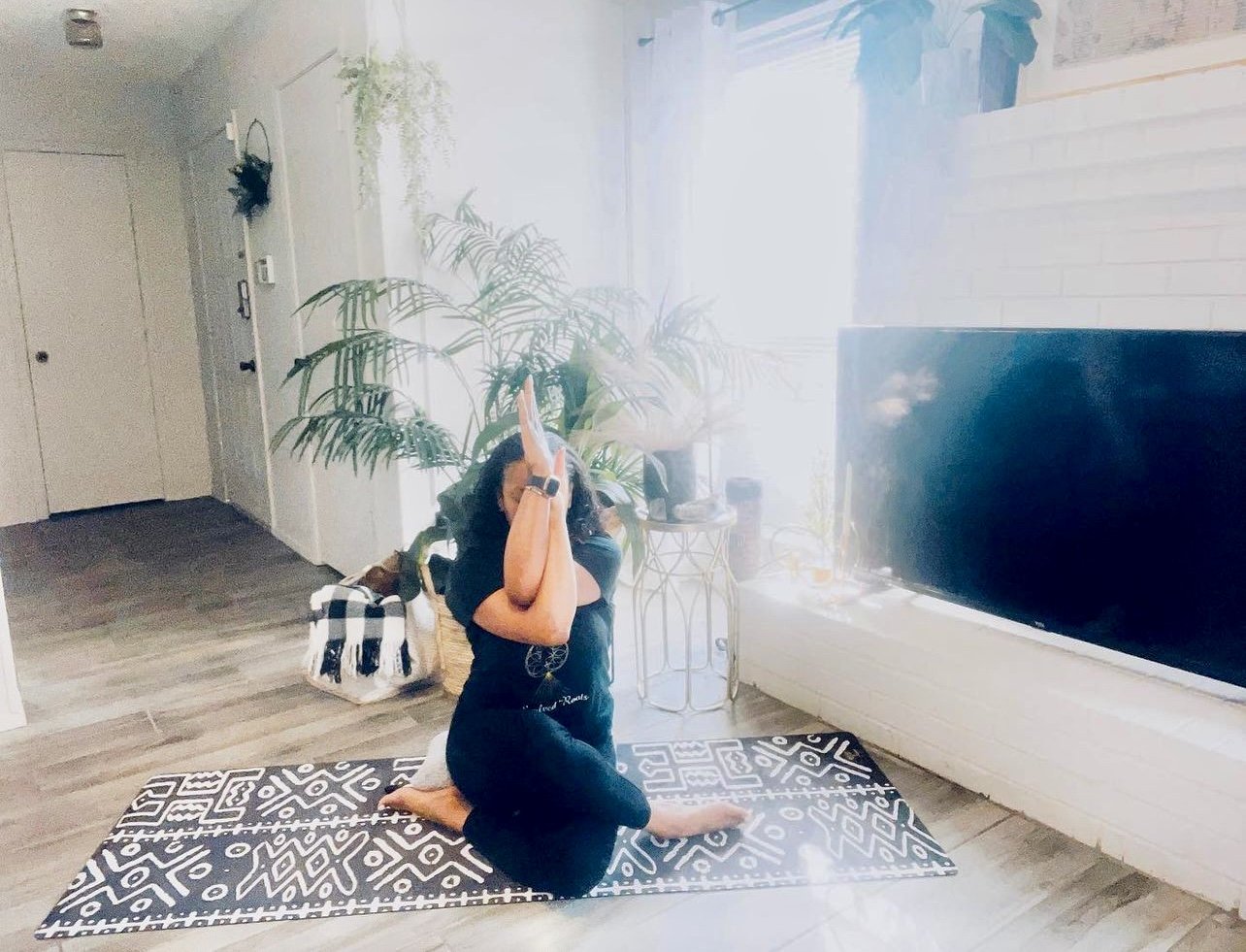
Gomukhasana ~ Cow Face Pose With Eagle Arms
Cow Face Pose with Eagle Arms, or Shoelace pose in Yin Yoga, stretches the upper back and shoulders to relieve tension. It strengthens the spine and opens the hips, improving flexibility and reducing tightness in the ankles and thighs, which supports leg health and promotes better alignment and posture.
-
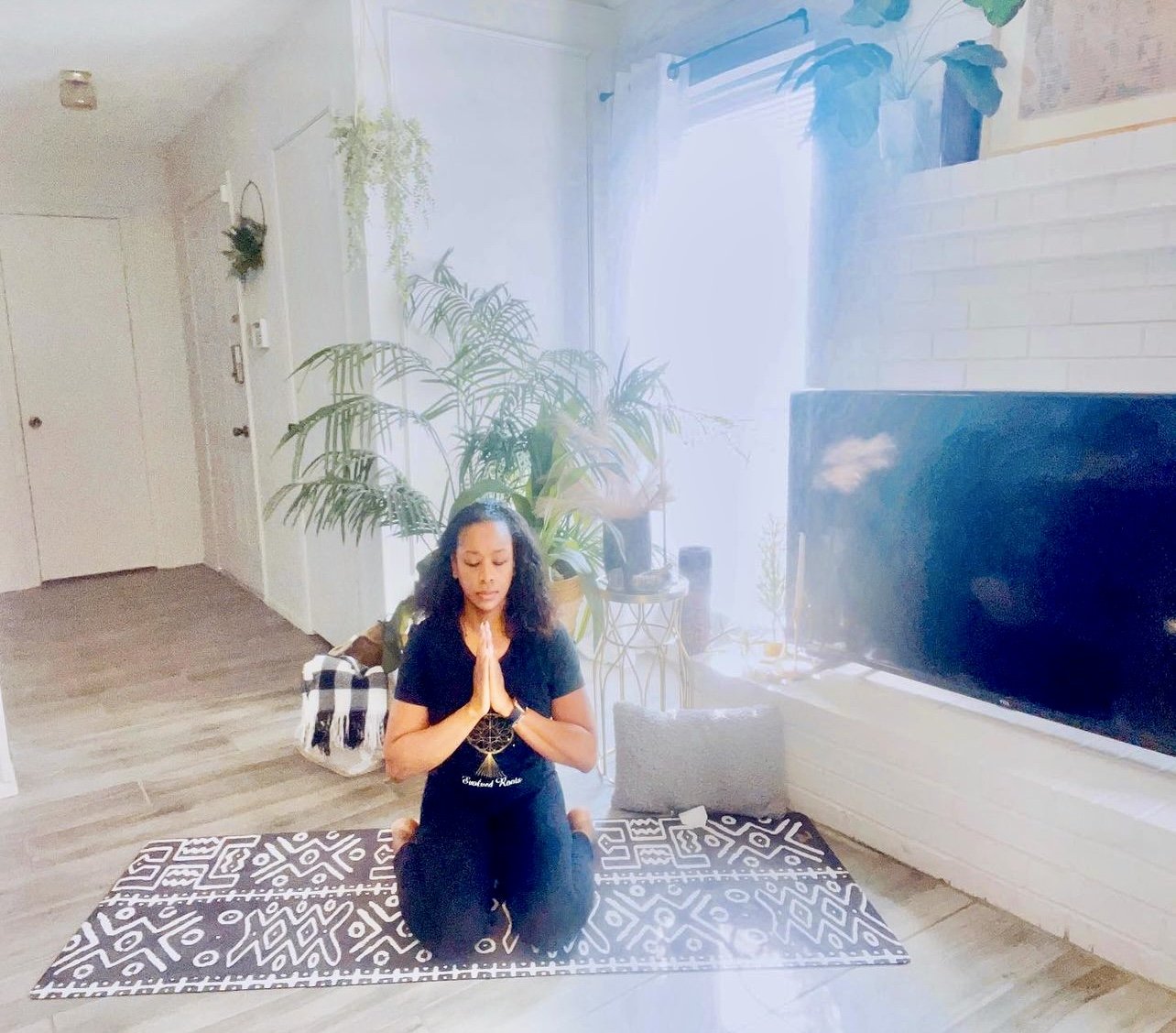
Virasana ~ Hero pose
Heros pose stretches thighs, knees, and ankles. It strengthens arches, improves digestion, relieves menopause symptoms, and reduces leg swelling during pregnancy (up to the second trimester). It can also help with high blood pressure and asthma.
To get into the pose, sit between your feet with the tops of your feet flat on the floor.
-
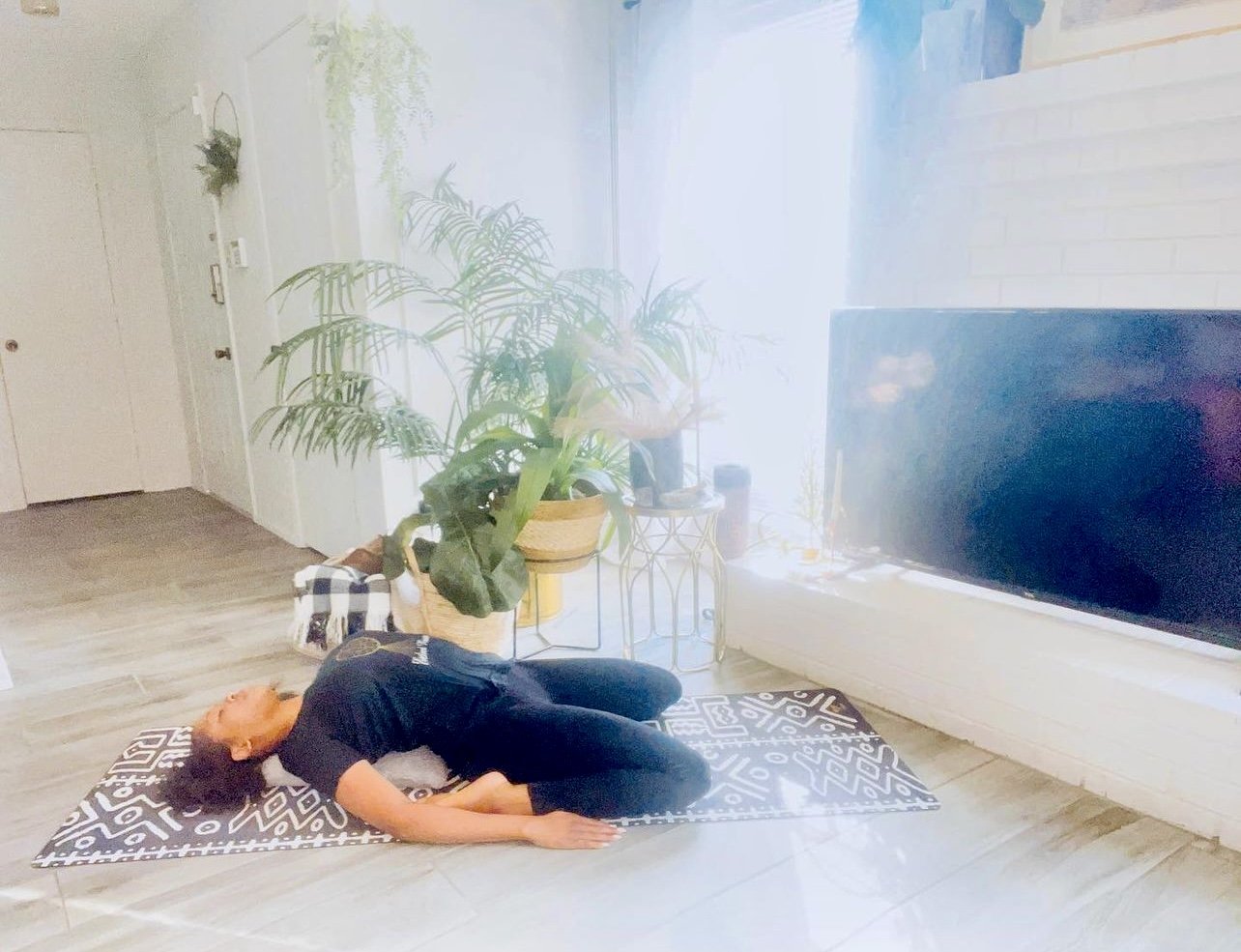
Supta Virasana ~ Reclined Hero pose
Saddle Pose mainly targets the large thigh muscles, hip flexors, and abdomen. This intense Yin yoga position opens up the lower back and provides gentle pressure.
How to Get Into the Pose:
Start in Hero Pose by sitting between your feet. Lean back gradually, using your hands for support. If necessary, lie down with a bolster or pillow along your spine. Place your hands in a comfortable position and hold the pose.How to Exit the Pose:
To come out, engage your core and press yourself up with your arms. Release your legs and take a moment to relax.This pose is great for athletes and those who stand or walk a lot, improving flexibility and easing lower body tension.
-
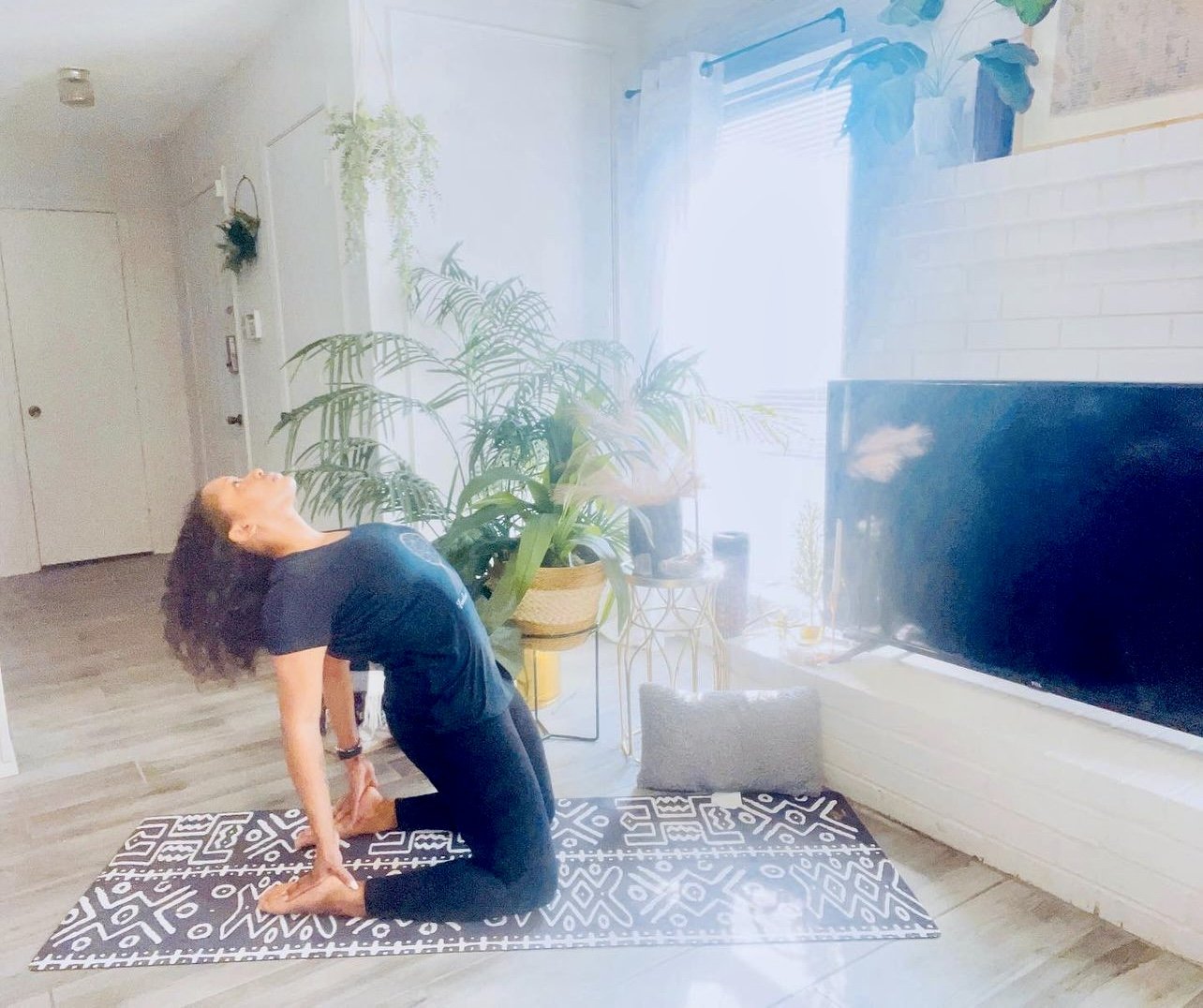
Ustrasana ~ Camel pose
Camel Pose strengthens the arms, back, and legs. Helps reduce thigh fat. Opens hips and improves flexibility.
Getting into the Posture:
Start on your knees with your knees hip-width apart and the tops of your feet on the floor. Straighten your back by tucking your tailbone slightly. Place your hands at the base of your spine for support. Stay here if it feels good. To deepen the pose, look up and lean back gently. Inhale while bending backward, opening your chest, and reaching for your heels. As you exhale, push your hips forward to engage your thighs. Reach for one heel and then the other, holding the position.To Come Out of the Pose:
Place your hands back on your lower back for support and slowly rise from the bend. -
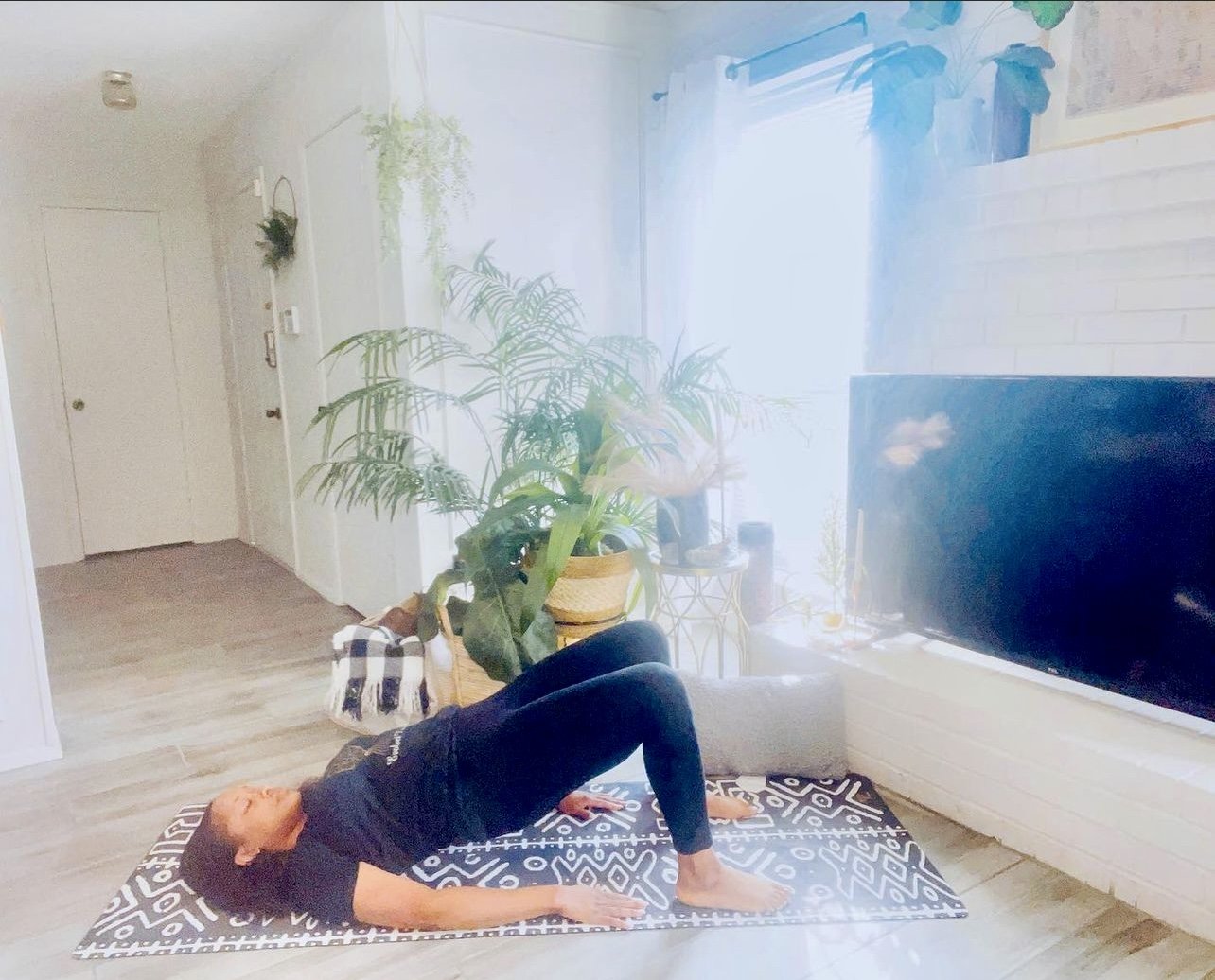
Setu Bandha Sarvangasana ~ Bridge pose
Bridge pose is a valuable part of yoga, providing many benefits for the body and mind. It strengthens the back, glutes, and hamstrings, promoting stability. The gentle inversion raises the heart above the head, improving blood flow and reducing stress, tension, fatigue, anxiety, and insomnia while boosting your mood. This pose helps open the lungs, leading to better mental clarity and calmness and can ease mild depression. Additionally, it improves posture, aids digestion by engaging the core, and strengthens the knees, quads, and hips. It also stretches the hip flexors, abs, and obliques, making it great for overall wellness.
-
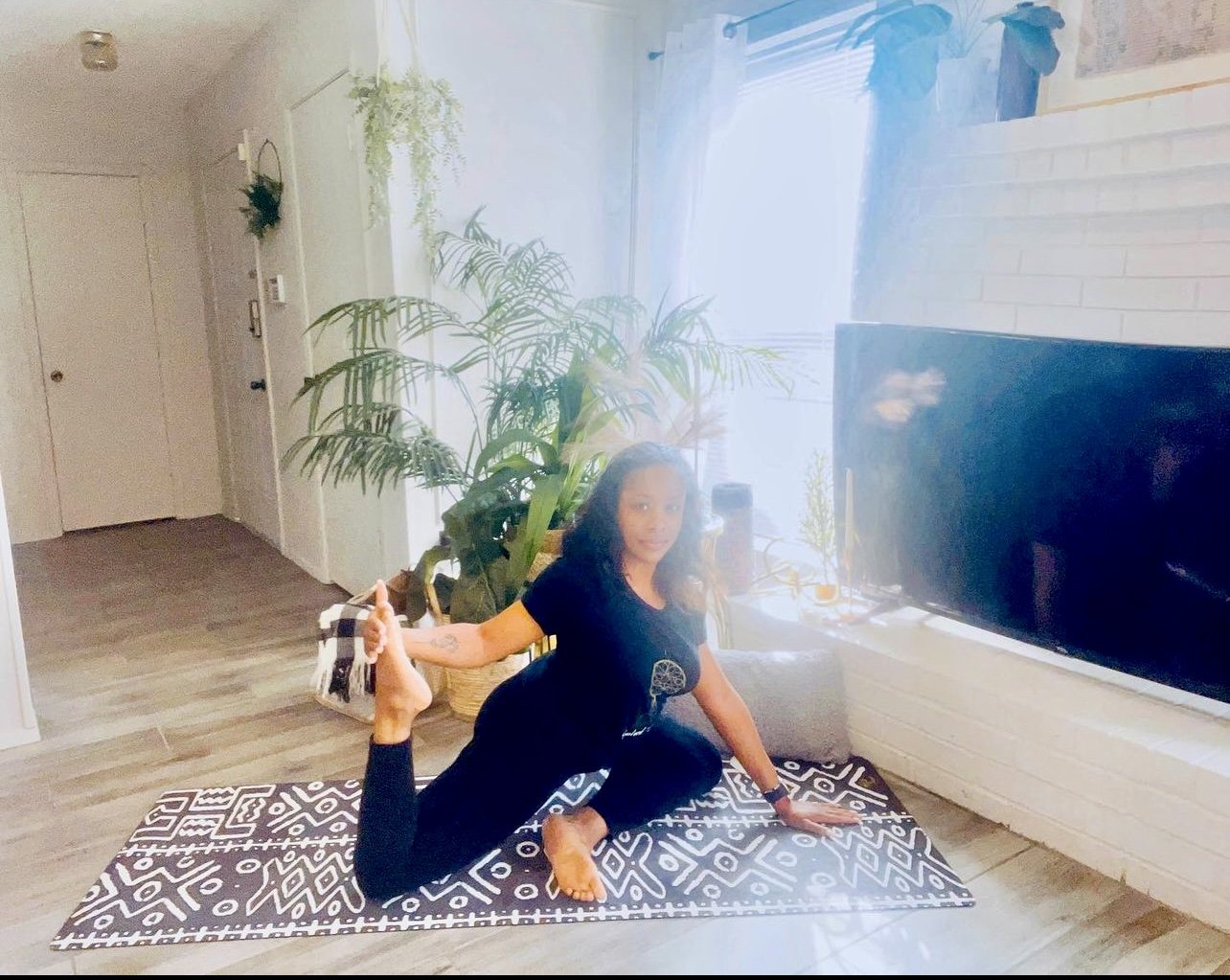
Eka Pada Rajakapotasana ~ King Pigeon Pose
King Pigeon Pose is a strong stretch that heals emotionally and physically. It opens the heart and relieves tension in the hips and back for deeper emotional exploration. Choose the version of the pose that suits you best.
This pose lengthens and energizes the spine, eases tension in the hips and chest, strengthens the core, aids digestion and detox, improves blood flow, and reduces fatigue.
Add King Pigeon Pose to your routine to experience its many benefits for both body and mind.
-
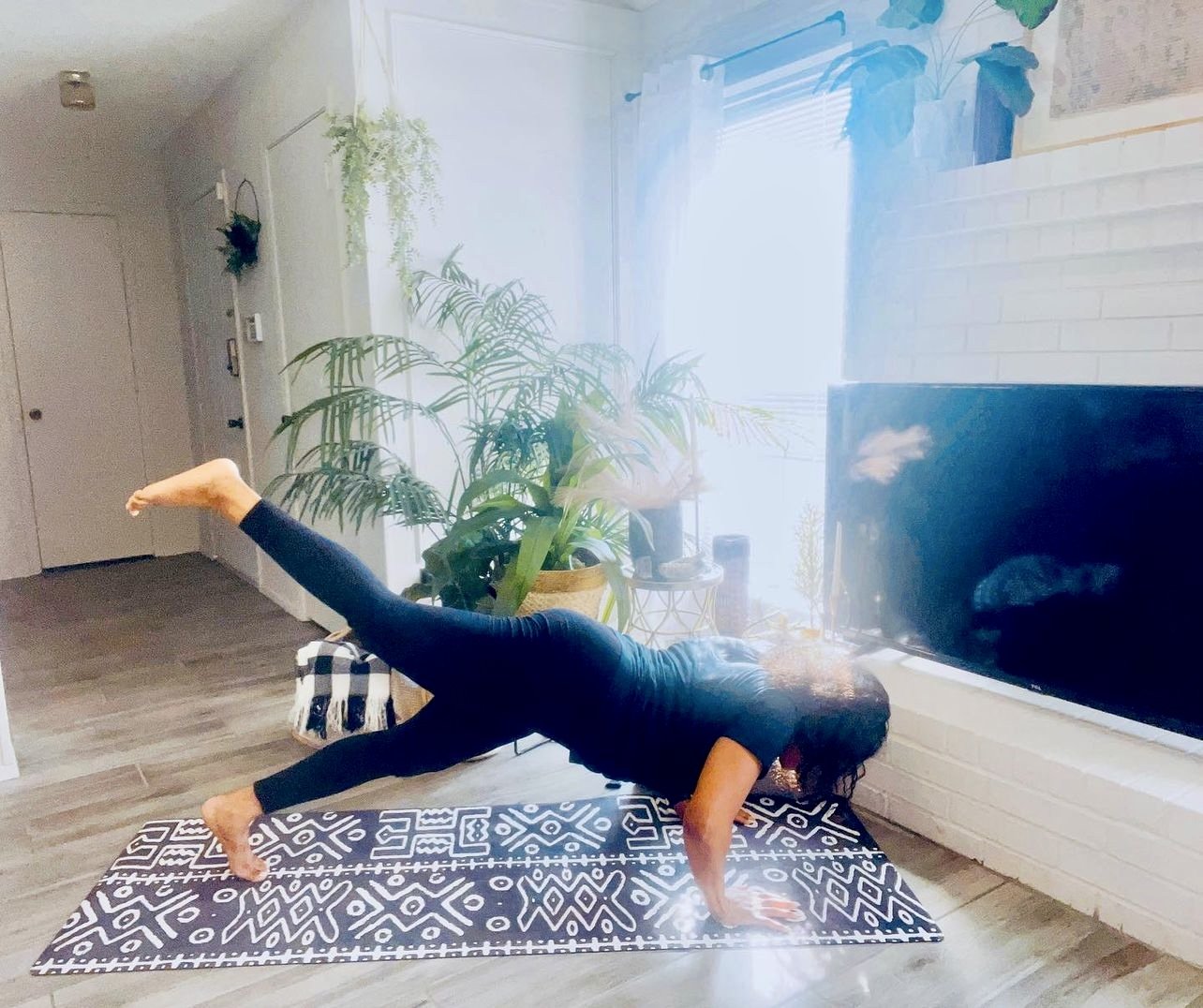
Chaturanga Dandasana ~ Plank leg lifts
Plank leg lifts are a beneficial full-body exercise that boosts your workout. They engage your abs more effectively than standard planks. This exercise strengthens your core, improving posture, balance, and back health. Plank leg lifts also tone and strengthen the buttocks, enhance the back of the thighs, and engage the front thigh muscles for stability. They help strengthen the upper body while holding the plank. Adding plank leg lifts to your routine can improve your overall fitness.
-
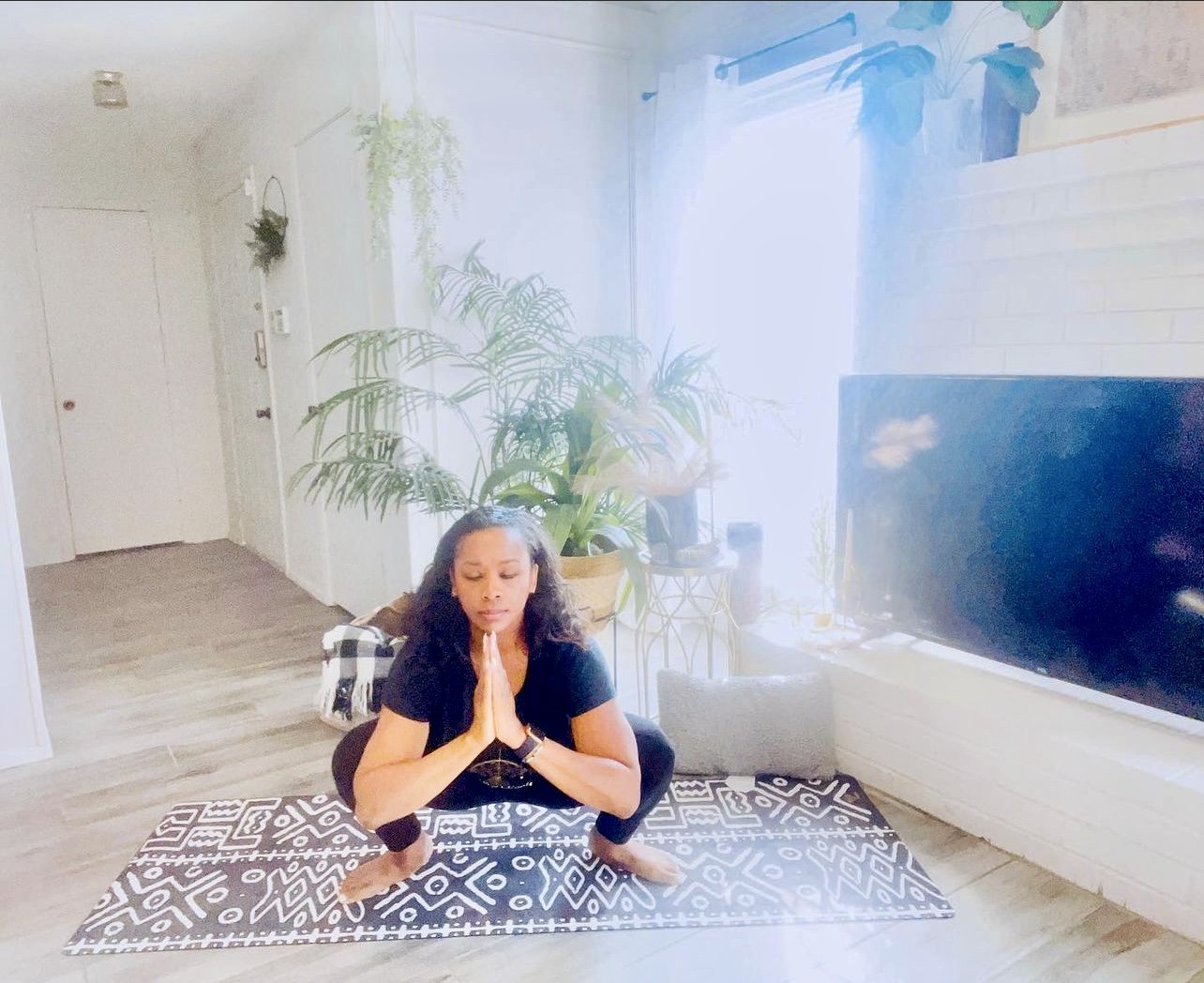
Malasana ~ Yogi Squats
Yogi Squats enhance flexibility by stretching hips, groin, calves, and ankles. They strengthen the lower body, targeting the quadriceps, glutes, hamstrings, and pelvic floor. These squats improve digestion, relieve lower back pain, and support spinal alignment through core strength. They also enhance balance and coordination, increase ankle mobility to prevent injuries and promote foot health. Yogi Squats encourage relaxation, reduce stress, and elevate mood by releasing endorphins. They raise body awareness, improve posture by strengthening back muscles, and can help minimize cellulite by improving circulation. Ultimately, they prepare the body for more challenging yoga poses by boosting strength and flexibility.
-
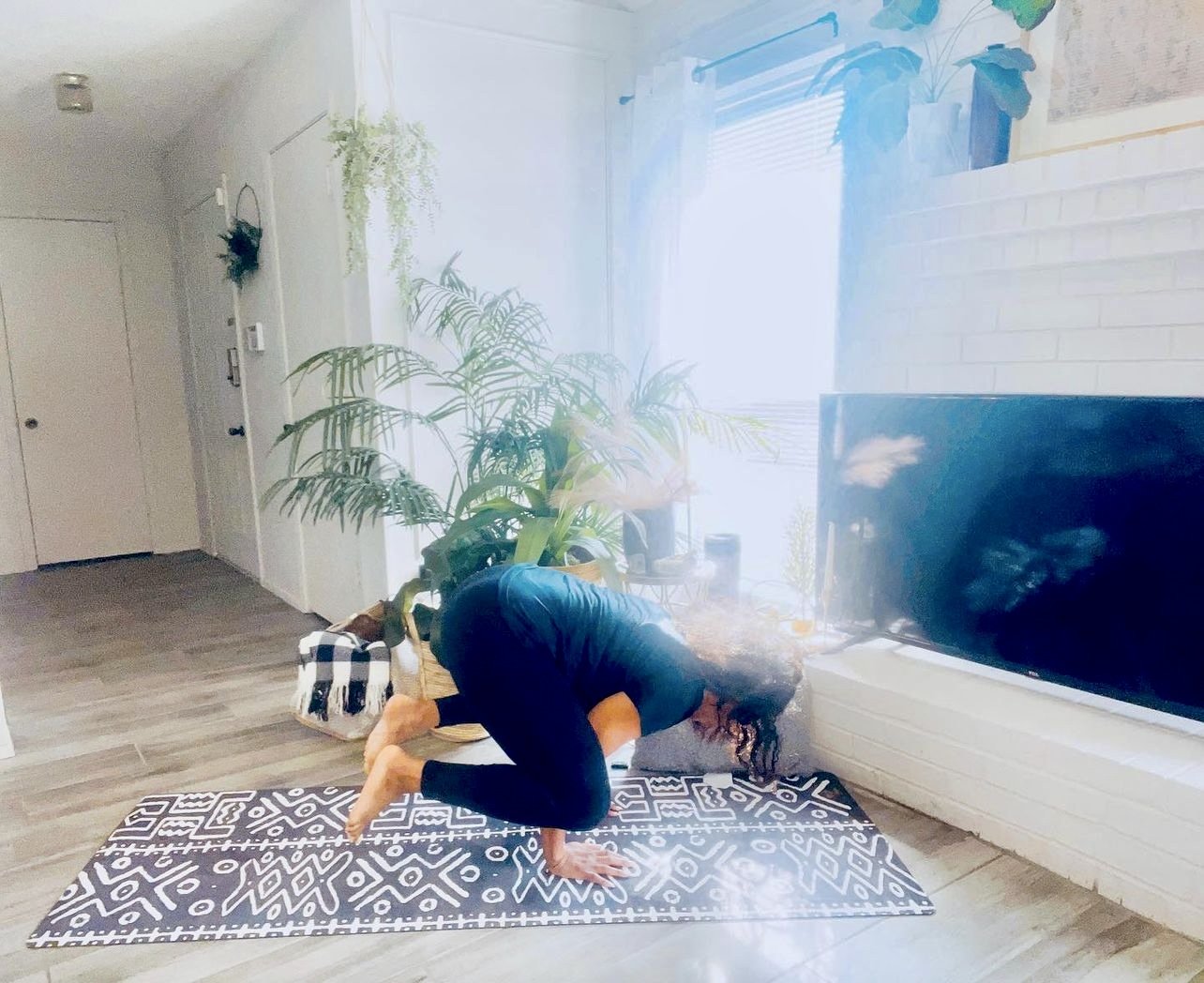
Bakasana ~ Crow pose
Frog Stand, or Crow pose, is a balance position that engages the abs, upper back, wrists, and arms. It strengthens wrists and shoulders, enhances balance and body control, stretches the upper back, opens the groin, and tones abdominal organs.
-
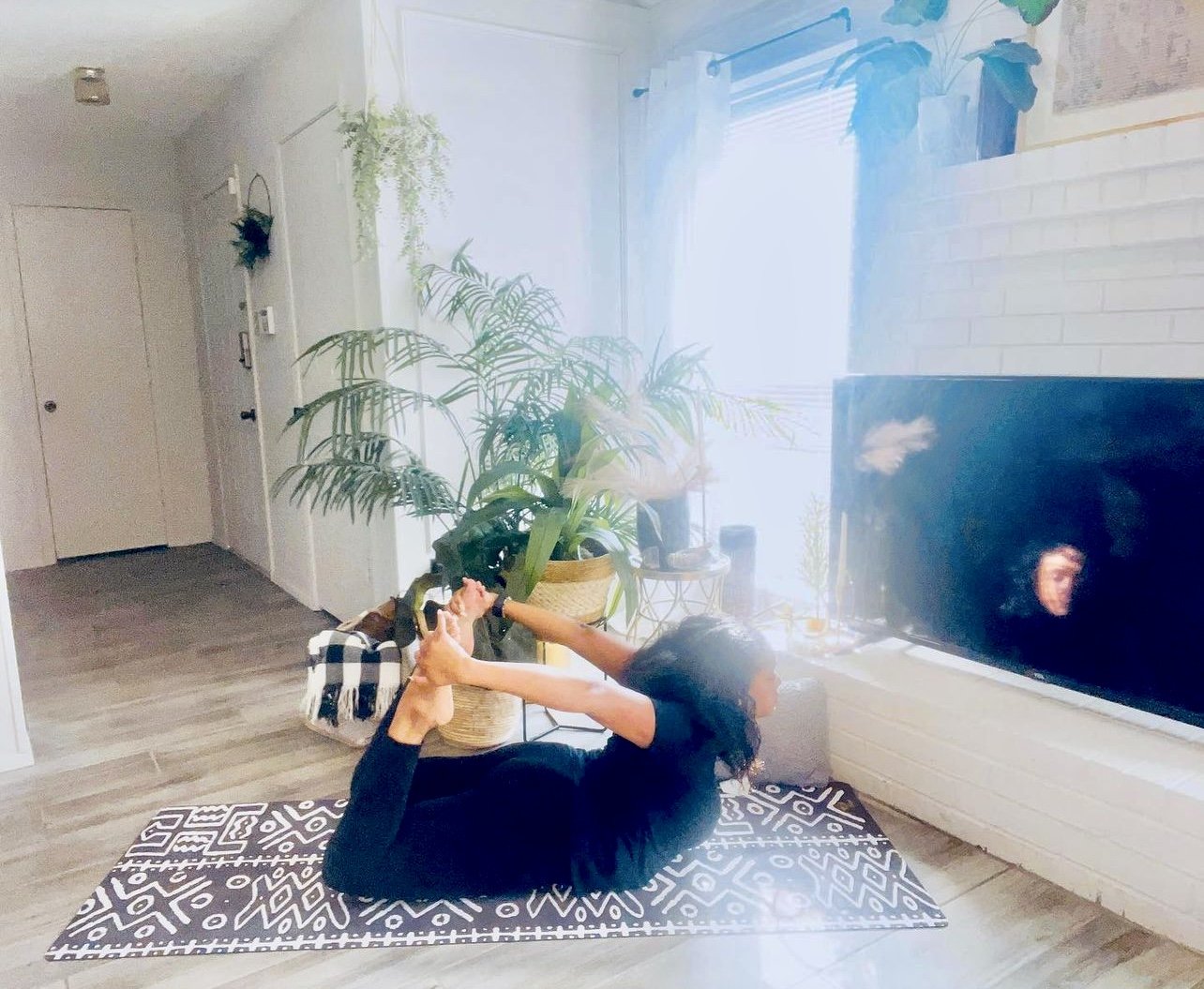
Dhanurasana ~ Bow pose
This full-body backbend stretches the spine, abdomen, hips, arms, legs, throat, and chest. Benefits include improved blood flow, better posture, enhanced digestion, stronger hamstrings and glutes, and increased flexibility. If you often sit at a desk, in a car, or while using your phone, this pose can help you. Remember, everyone is different—listen to your body and do what feels right.
-
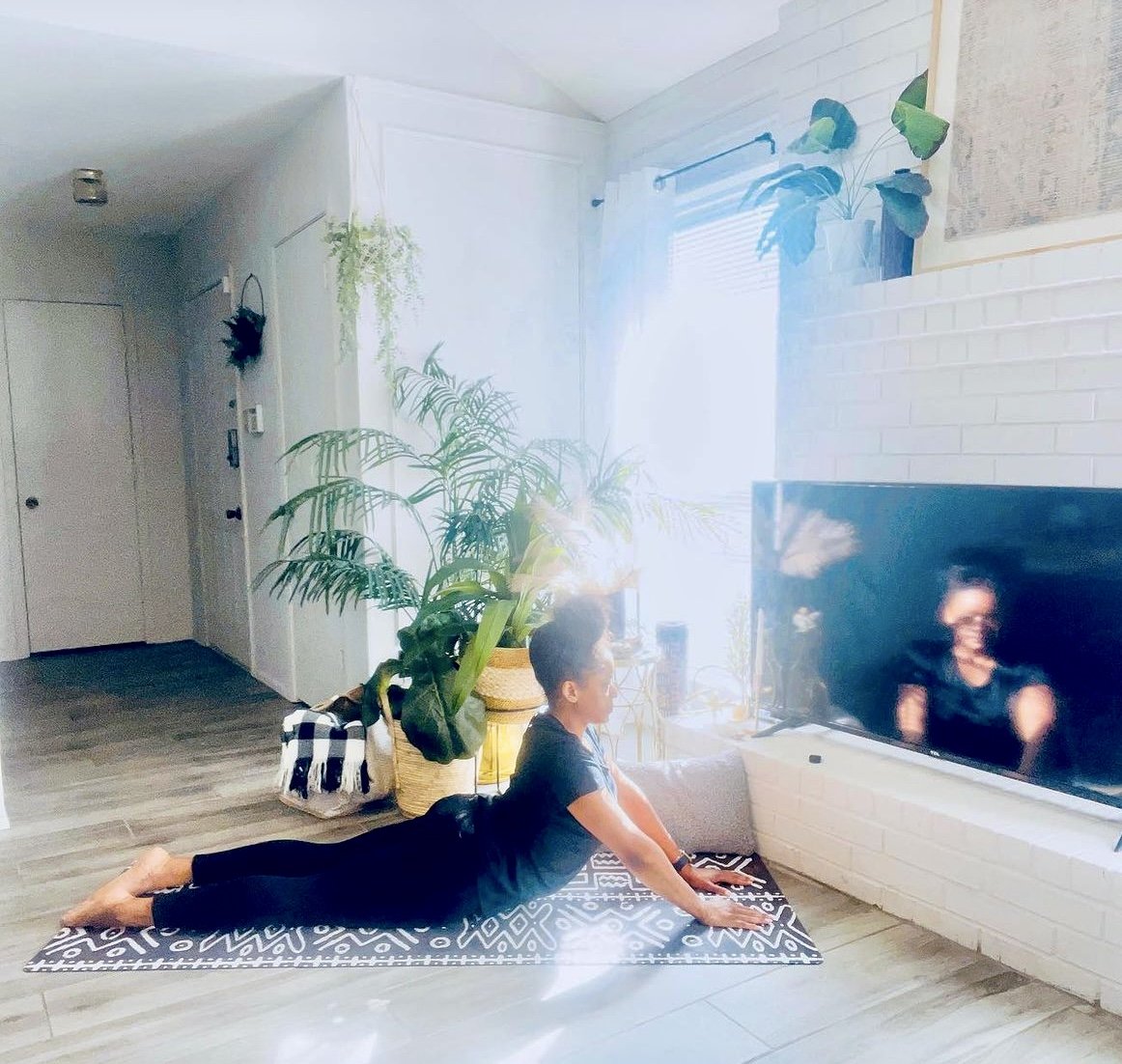
Bhujangasana ~ Cobra Pose
Cobra pose is a backbend that stretches the upper body, boosts energy, and relieves lower back pain. It opens the chest and strengthens the back, shoulder blades, neck, and collarbones improving spinal posture, flexibility, and alignment
-
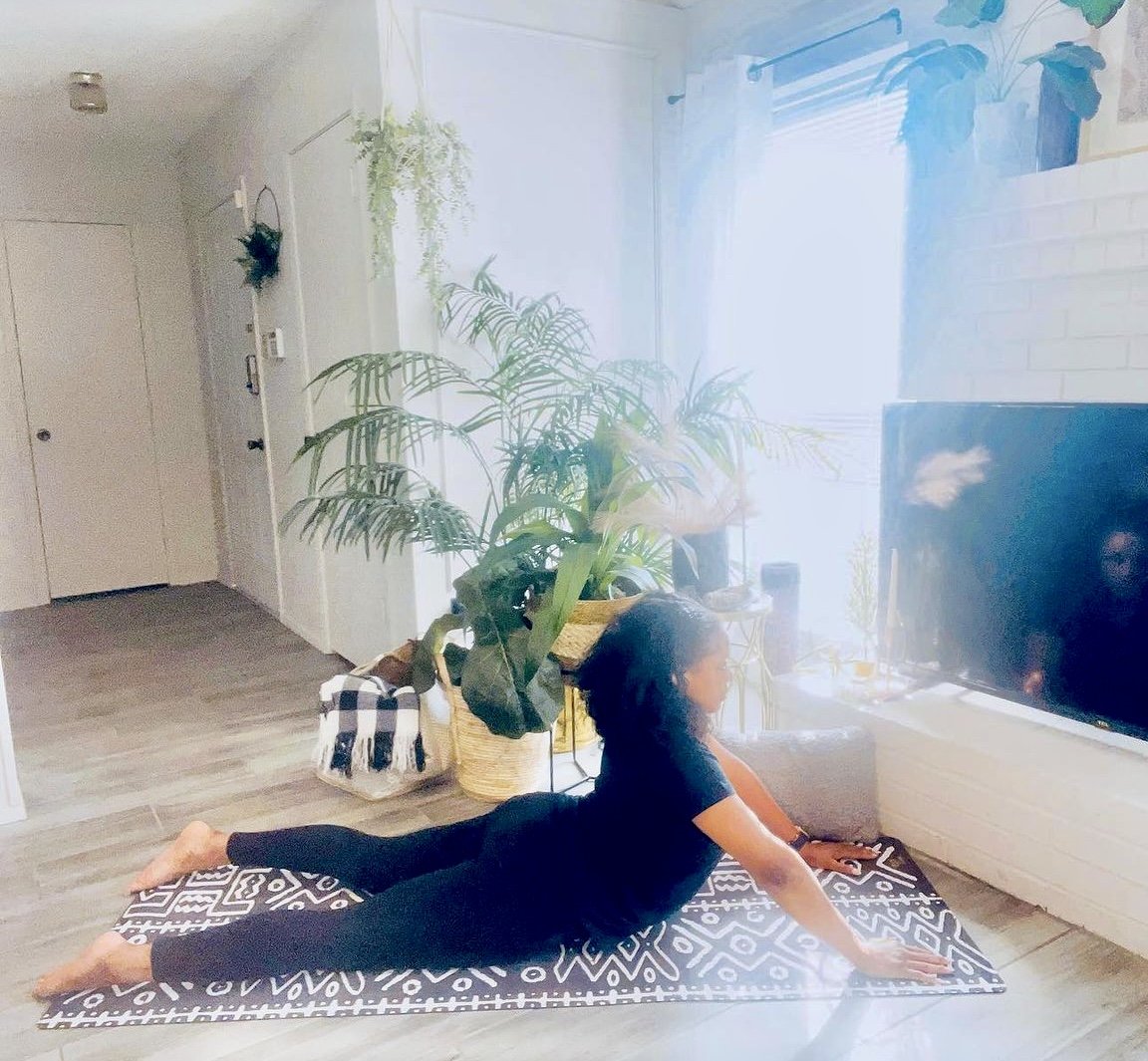
Bhujangasana ~ Seal Pose
Seal pose, similar to Cobra pose, is a Yin Yoga position based on Sphinx pose, with different hand and foot placements. This deep backbend targets the lower back, opens the front body, and compresses the lower spine, sacrum, and kidneys, enhancing adrenal energy. It helps restore the natural curve of the lumbar spine and supports healing in the sacral area. A slight compression in the lower back stimulates the Urinary Bladder meridian. Tilting the head back can activate the thyroid gland and engage the Kidney meridian, as well as the spine's ligaments.
-
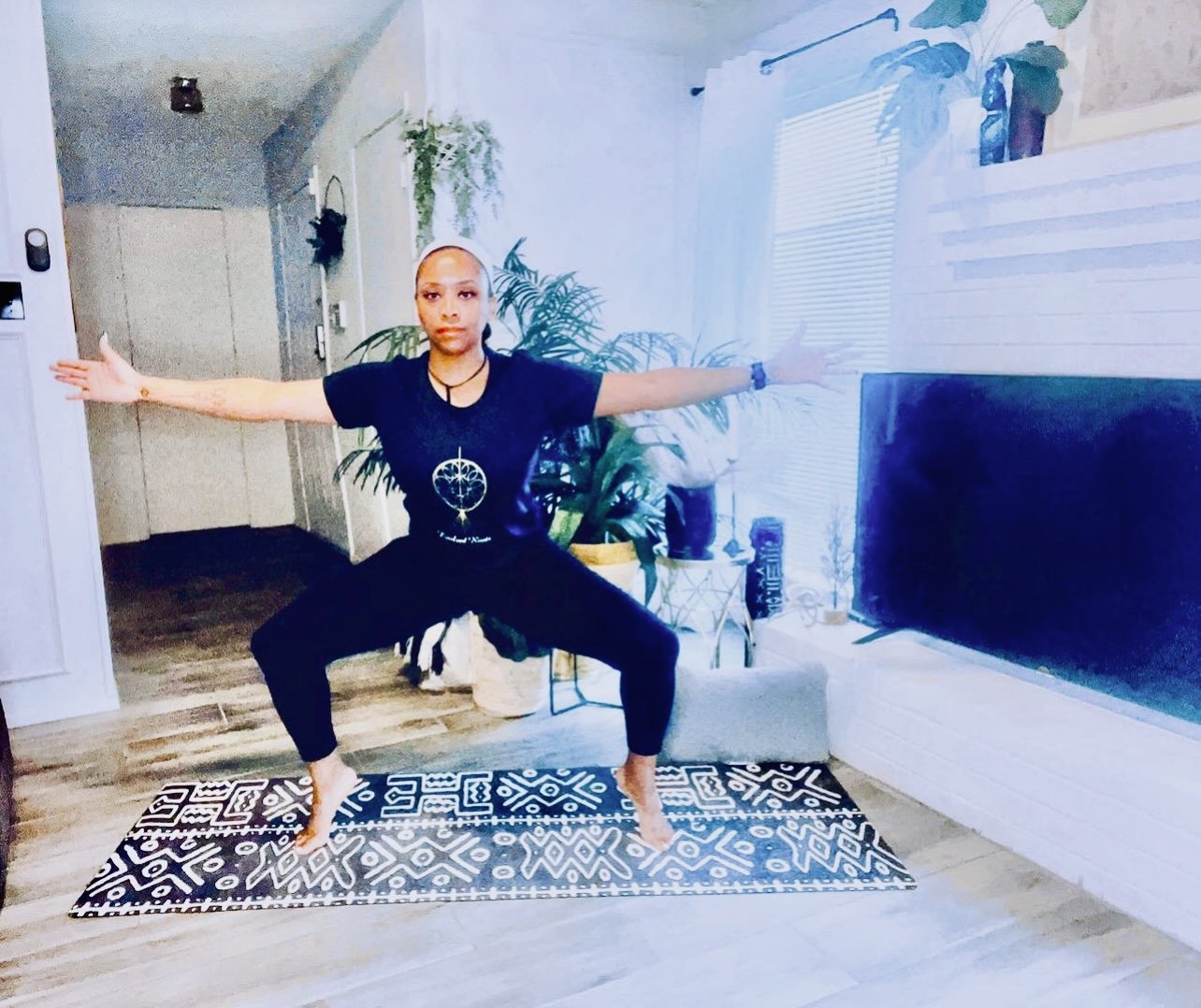
Utkata Konasana~ Goddess Pose
Goddess Pose is a deep hip stretch that strengthens and grounds the lower body. It activates the Root, Sacral, and Solar Plexus Chakras and kundalini energy. This pose connects you with your feminine energy, helping you feel graceful and balanced. It improves balance and coordination, strengthens the legs, glutes, pelvic floor, core, and shoulders, increases flexibility in the hips, shoulders, and legs, boosts blood circulation, aids digestion, promotes relaxation, reduces stress, and enhances focus.
-
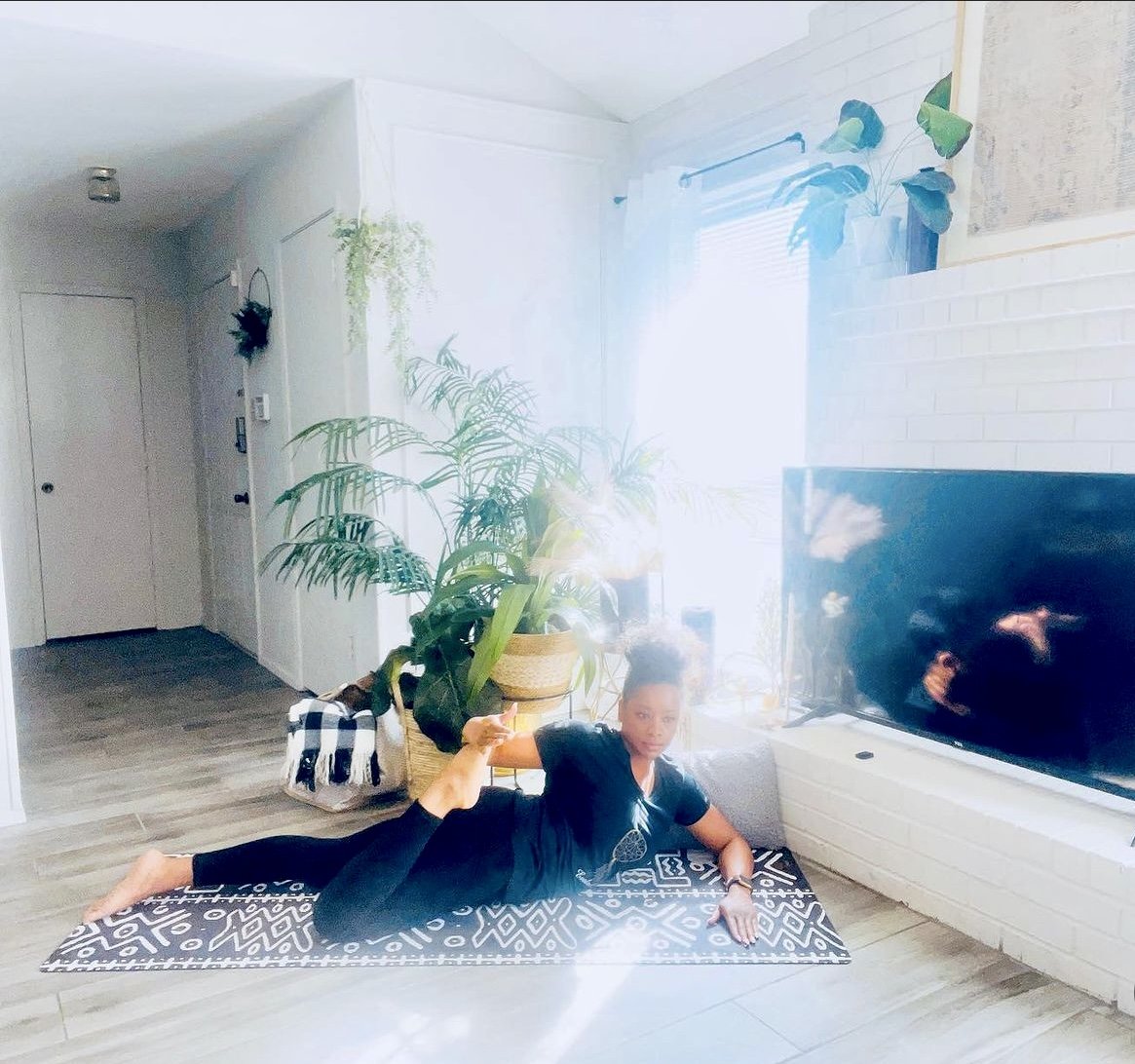
Ardha Dhanurasana ~ Half Bow Pose
Half Bow Pose is a key step for Bow Pose that energizes and strengthens the body, especially the core. It improves spine flexibility, opens the chest, lengthens leg muscles, enhances balance, calms the mind, and stimulates the kidneys, adrenal glands, and reproductive system. It also stretches the shoulders, chest, thighs, groins, and abdomen while strengthening the legs and ankles.
-
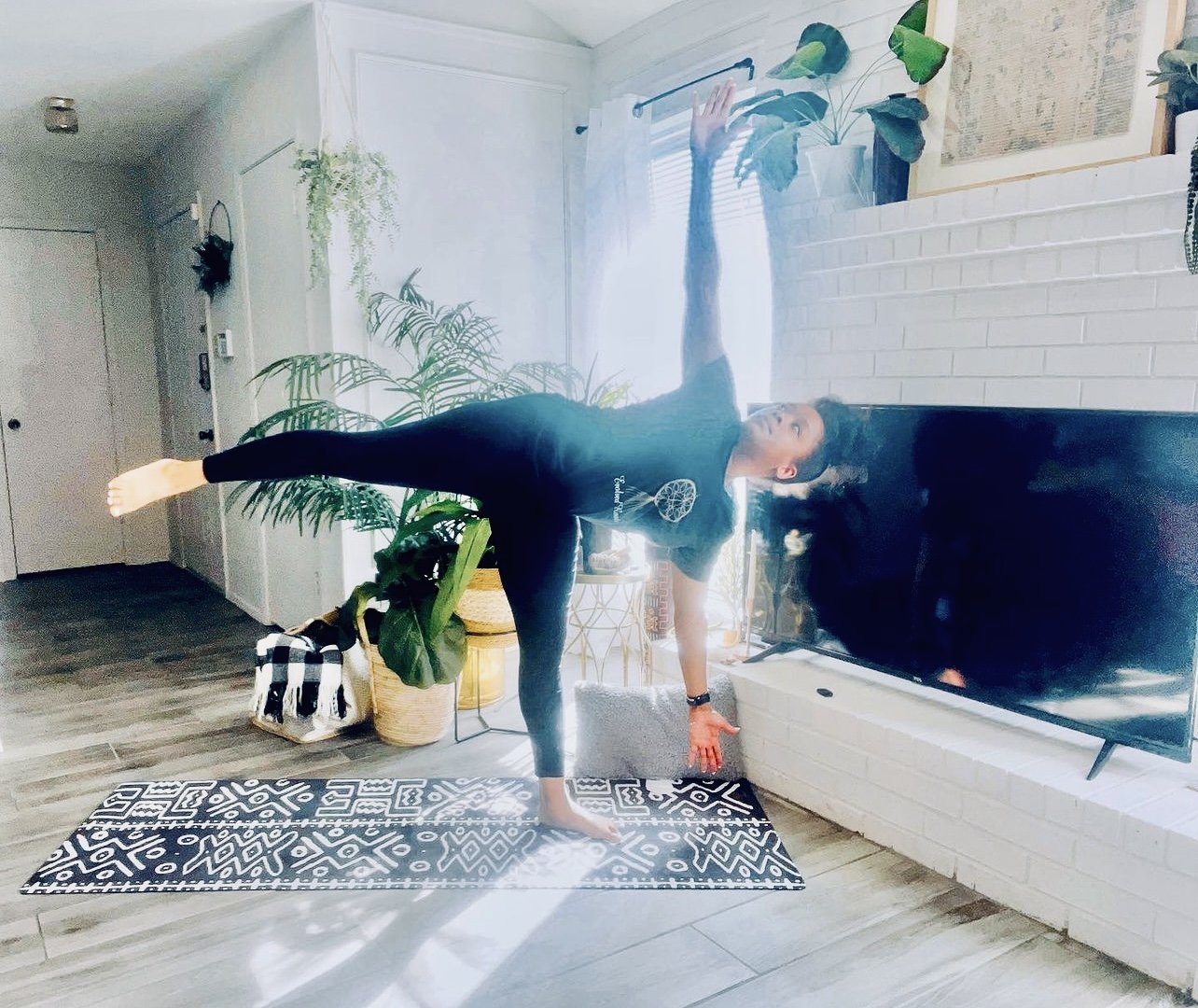
Ardha Chandrasana ~ Half Moon Pose
Half Moon Pose is a tough balance exercise that builds strength and stability. In this pose, you blend the calming energy of the moon with the strong energy of the sun. You balance on one leg and arm while lifting the opposite ones.
Half Moon Pose improves balance and stability, relieves hip and back pain, reduces stress, aids digestion, eases menstrual symptoms, and counteracts the effects of sitting.
This posture strengthens core muscles such as the thighs and ankles while stretching hamstrings and glutes.
It also stretches the groin and hip flexors while strengthening the lifted side’s thighs and glutes
-
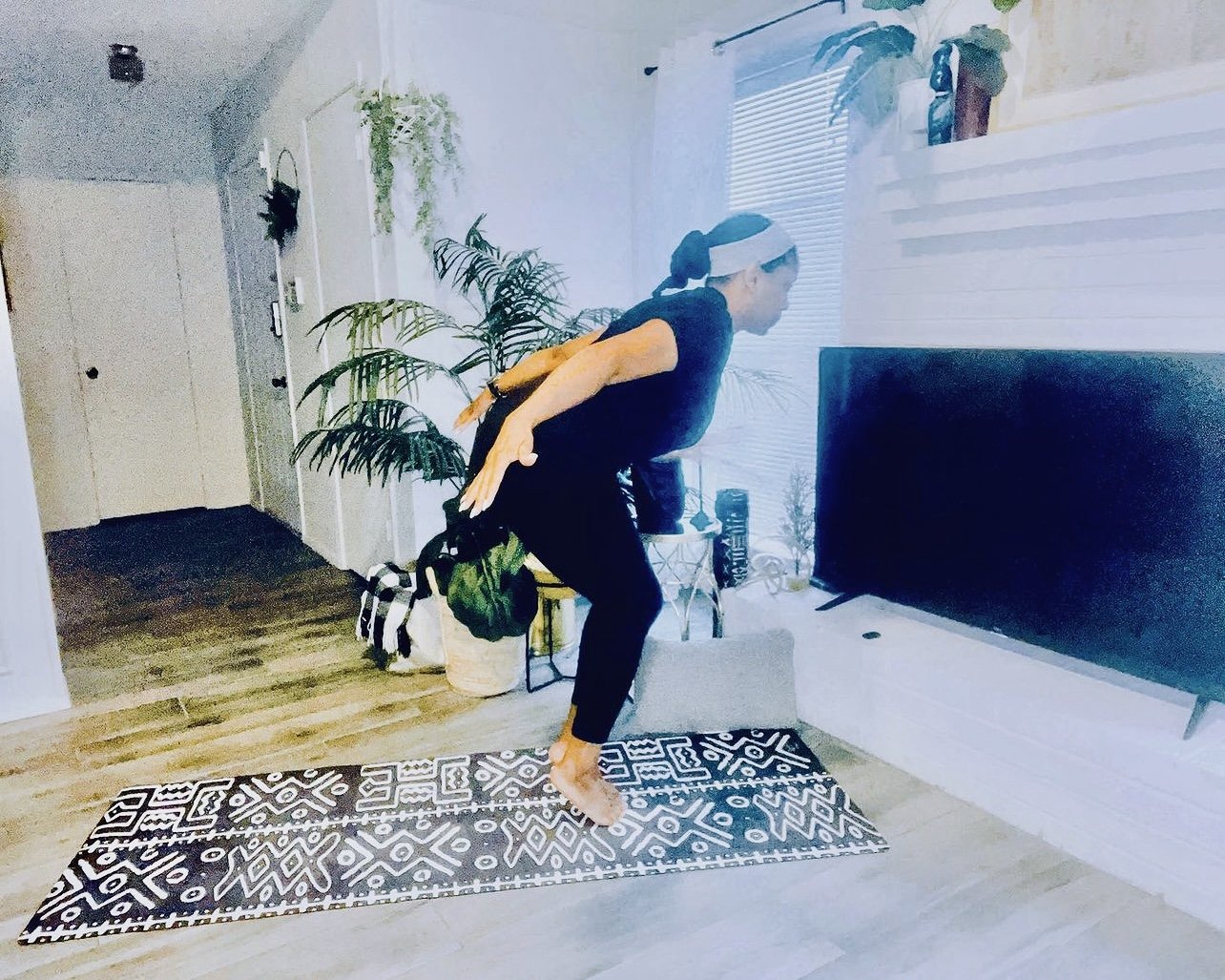
Utkatasana ~ Chair Pose on Tiptoes
Chair pose on Tiptoes strengthens the chest, abdomen, and quadriceps. Tones the glutes and hamstrings. Reduces neck tension. Stretches and strengthens shoulders, arms, back, and legs. Helps reduce thigh fat. Opens hips and improves flexibility.is a modified version of the regular pose. It helps improve focus and combines strength, stretch, and balance by having you stand on your toes.
Chair Pose on Tiptoes also strengthens shins, knees, and lower back. It opens the chest for better breathing and relaxes the muscles in the ankles and feet increasing ankle flexibility and range of movement.
-
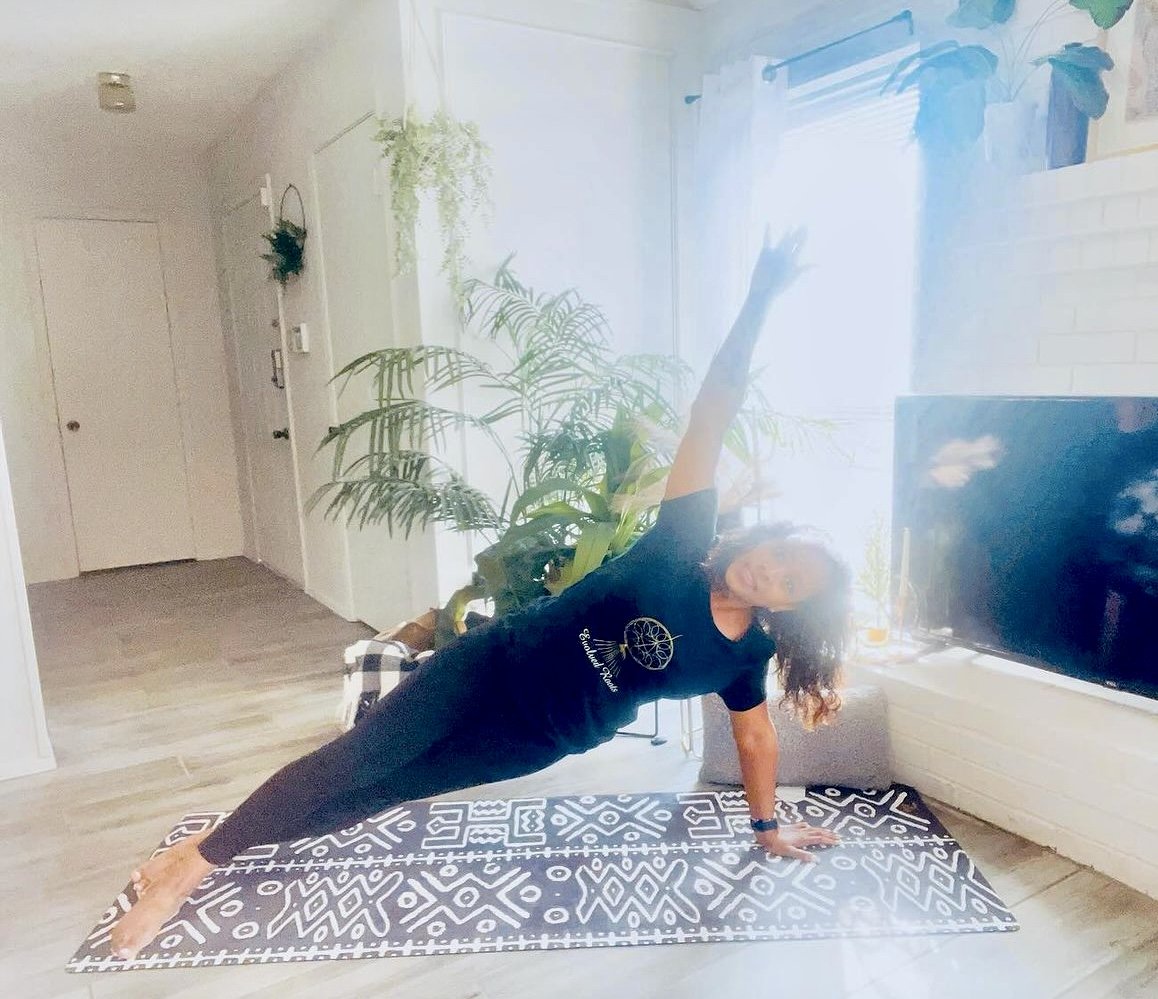
Vasisthasana ~ Side Plank Pose
Side Plank is a pose that builds balance, strength, and flexibility while working the entire side of your body.
Side Plank strengthens wrists, arms, shoulders, and legs, and tightens the core, including obliques and spinal support muscles
It also stretches the hamstrings and hips, improving body awareness.
-
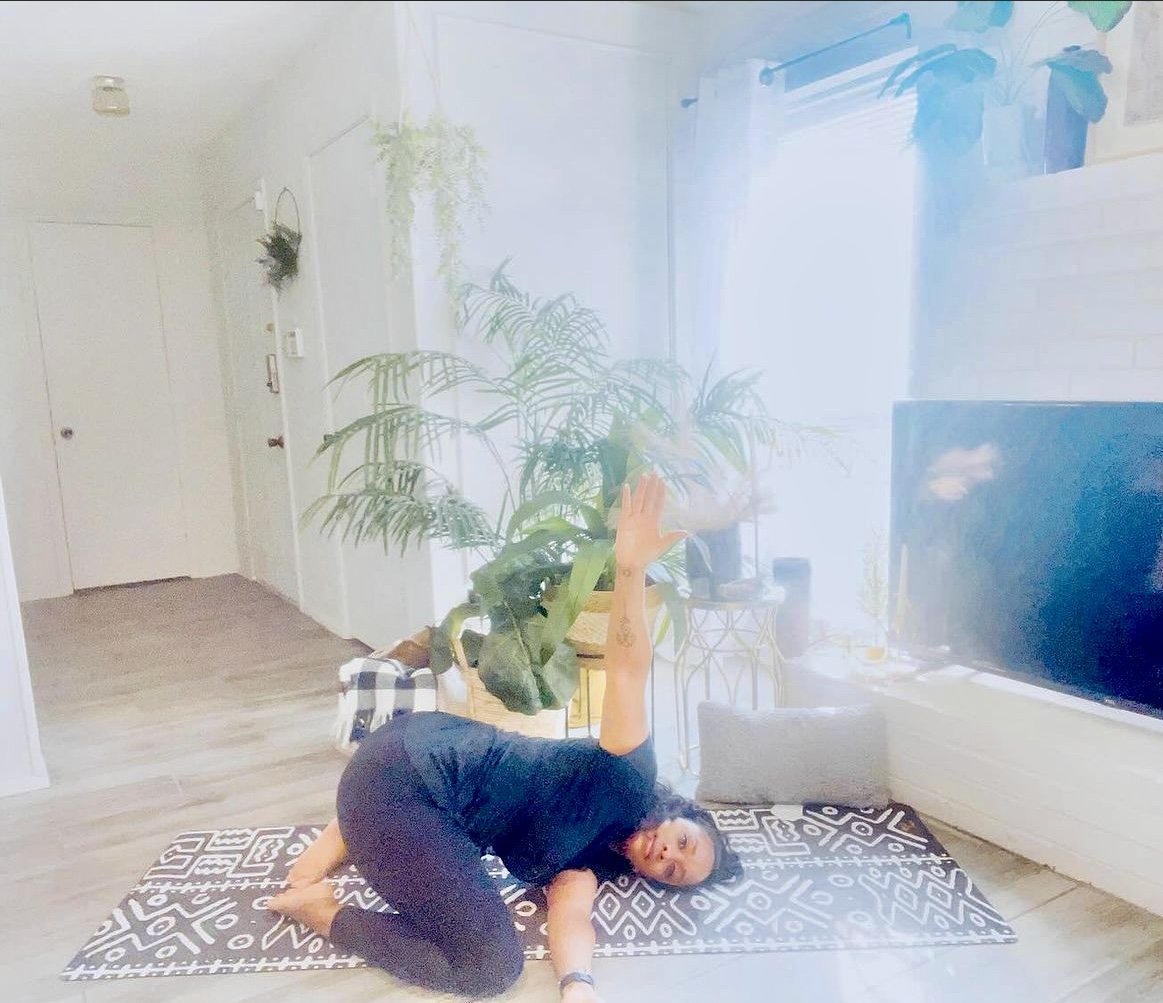
Urdhva Mukha Pasasana ~ Thread the Needle Pose
Thread the Needle Pose is a twisting stretch that helps release shoulder tension. It detoxifies and energizes by stretching the spine and back, improving flexibility. You can deepen the stretch by extending your upper arm or binding your hands. Doing it with your hips on your heels also stretches the hips and lower back.
Thread the needle opens the chest and shoulders, relieves tension in the neck and upper back, improves spinal movement, calms the mind, and relaxes the body.
It also reduces neck and upper back pain, lowering stress and boosting circulation
-
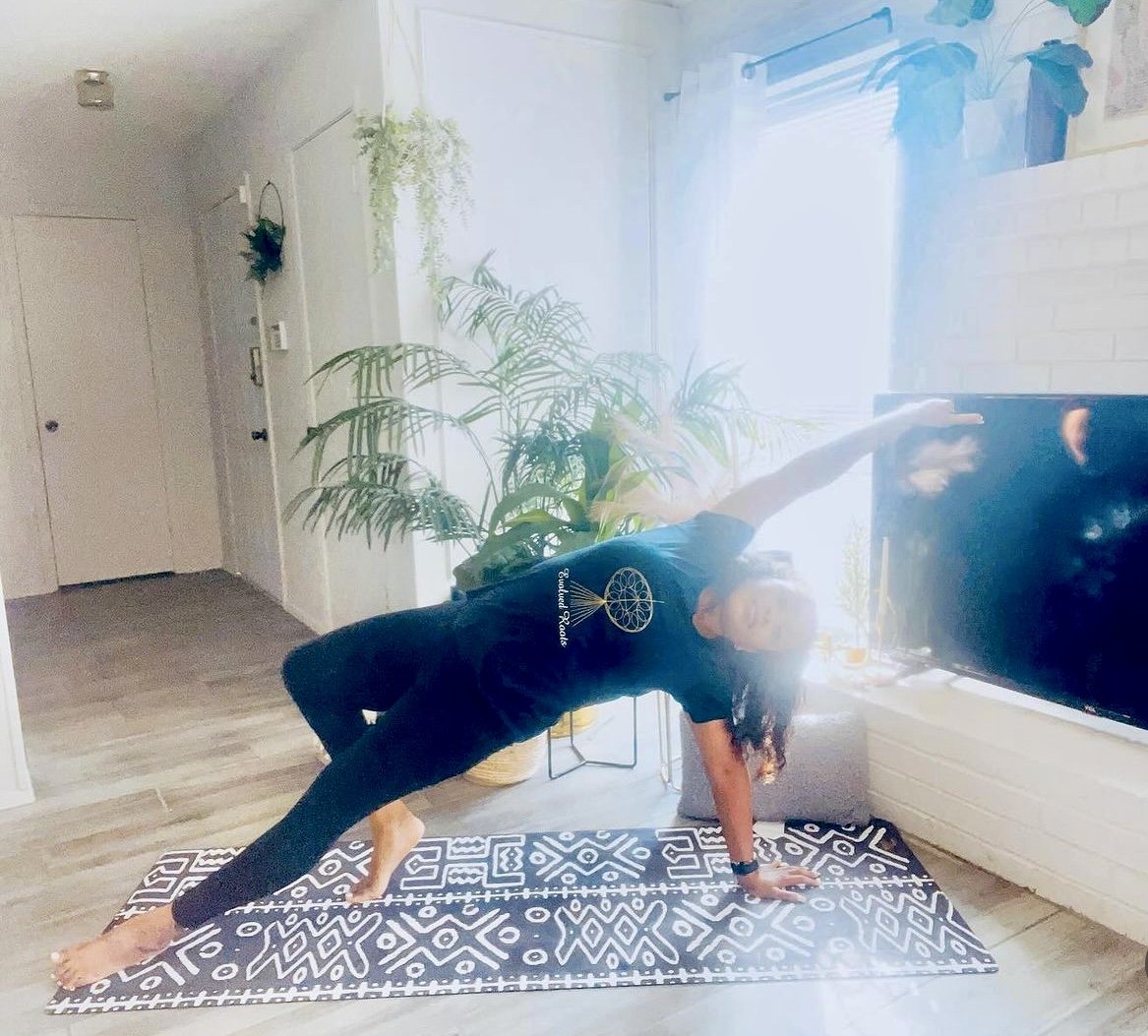
Camatkarasana ~ Wild Thing
Also called Flip Dog, this pose is a challenging position that needs strength and flexibility in the shoulders, hips, and core.
Wild Thing opens the chest, lungs, shoulders, front legs, and hip flexors, strengthens the shoulders and upper back, stretches and tones hip muscles like the psoas and glutes, and stretches the abs and obliques
-
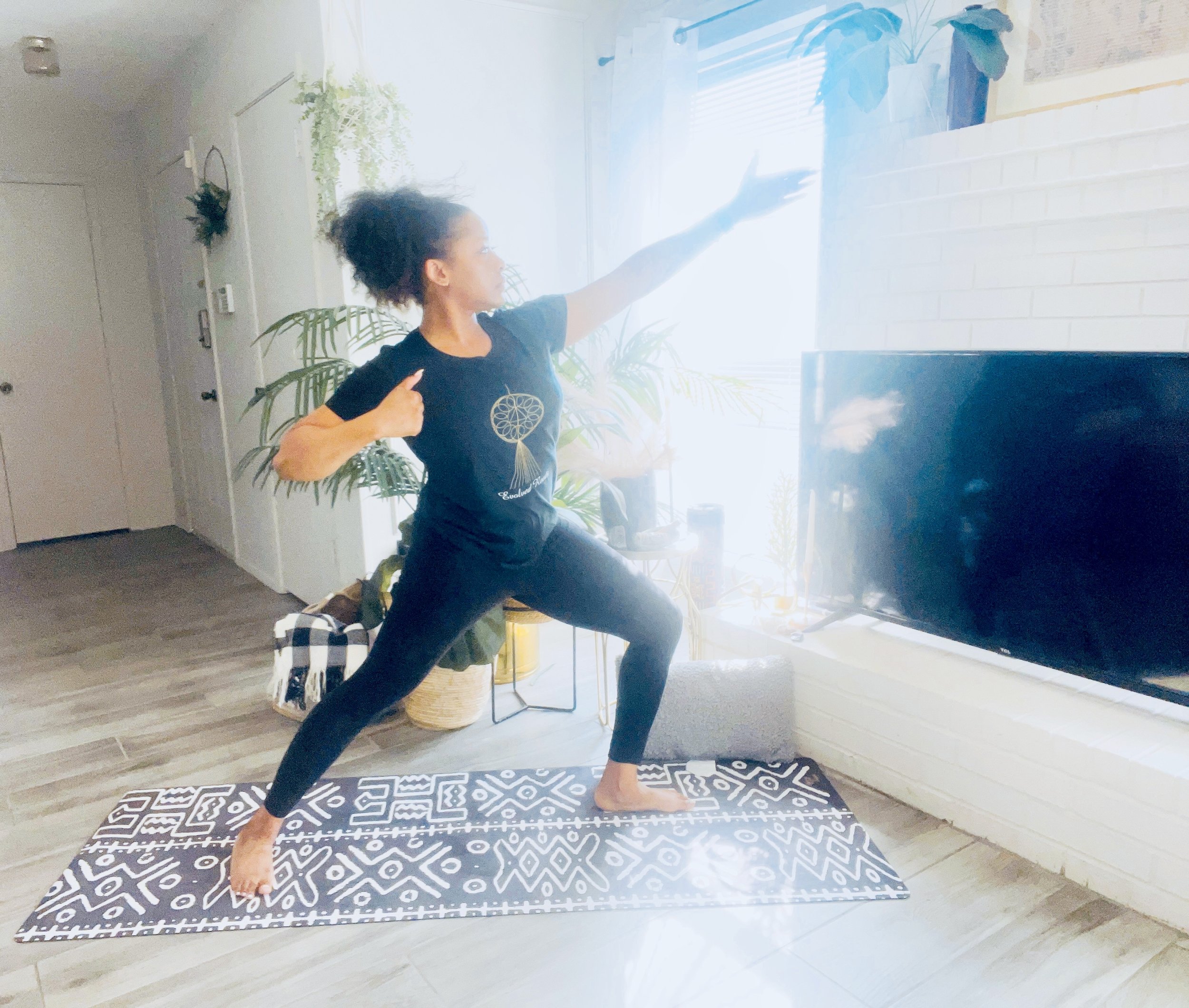
Virabhadrasan Archer Arms ~ Standing Archer Pose
Standing Archer Pose, or Bow and Arrow Pose, shows a warrior standing with a bow and arrow. It originates from Kundalini Yoga and helps open energy channels in the body.
Standing Archer Pose activates the muscles in the arms and shoulders, biceps and triceps, hamstrings, hips, knees, psoas, and quadriceps
This pose also improves hip flexibility, relieves pelvic pain, and strengthens arm muscles.
-
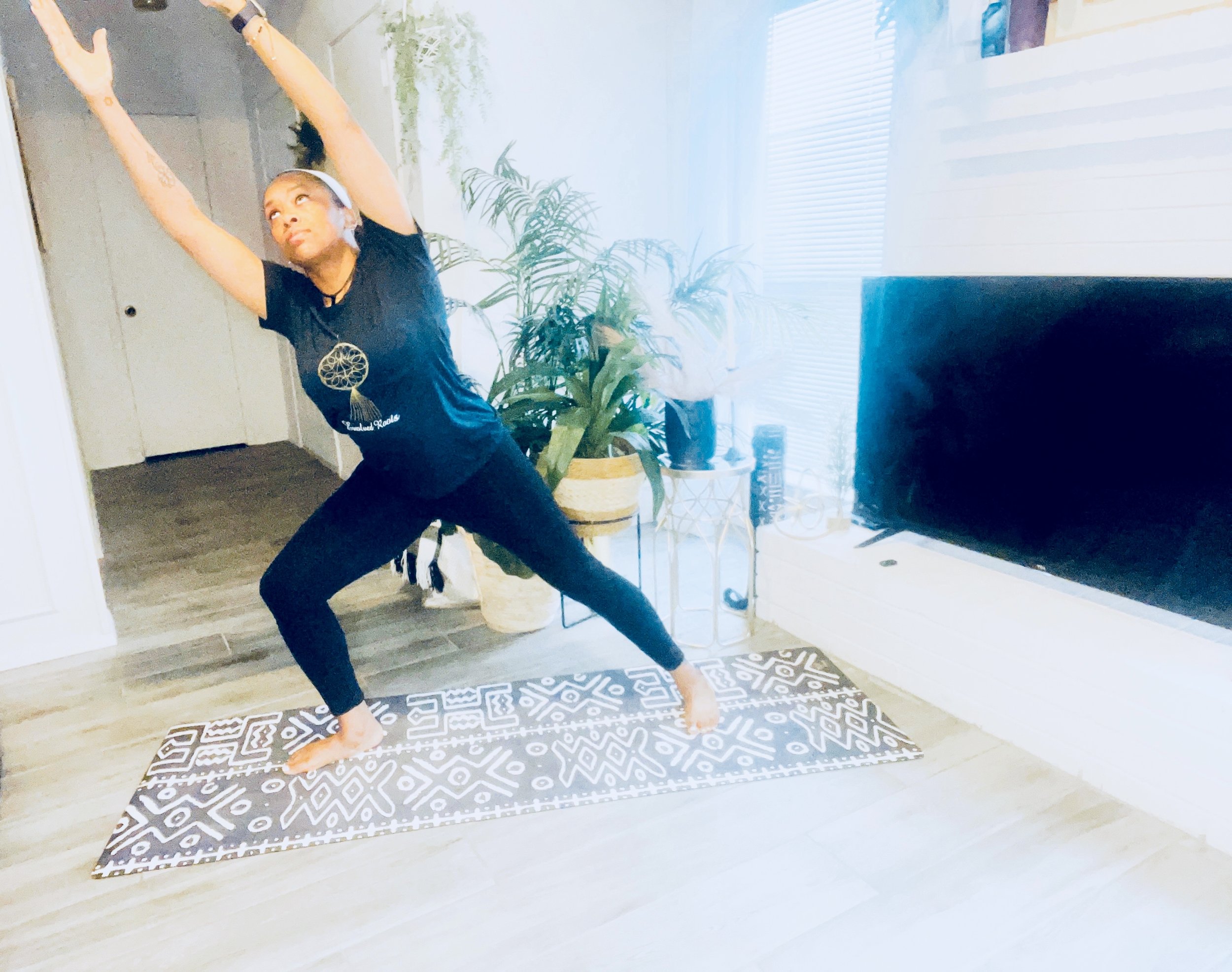
Utthita Parsvakonasana Variation with Both Arms Raised ~ Extended Side Angle with Both Arms Raised
This is a variation of a classic pose that helps balance the legs while stretching the sides of the rib cage and working the breathing muscles.
Extended Side Angle Pose with Both Arms Raised engages muscles in the arms and shoulders, lower back, upper back, biceps and triceps, chest, hips, outer hips, knees, neck, psoas, quadriceps
It also strengthens and stretches the legs, ankles, and knees, improves shoulder flexibility, and works the core.
-
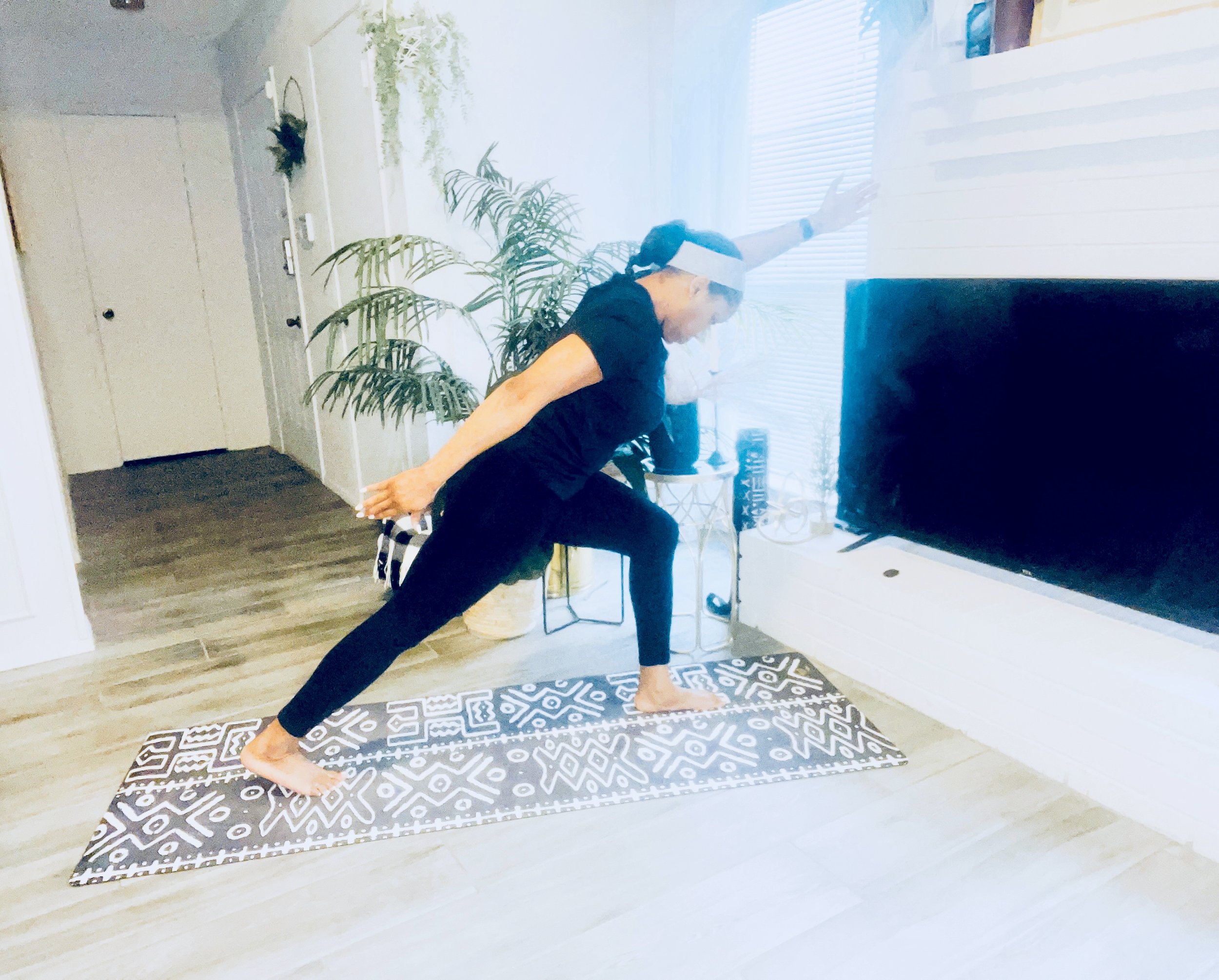
Ashta Chandrasana ~ High Lunge with Arms Extended Forward and Backwards
High Lunge with Arms Extended Forward and Backward is a variation of the traditional pose. The only difference is the arm position, which is raised above the head and extended forward and backward with the torso and legs. This pose improves focus while building strength, balance, and flexibility.
High Lunge with Arms Extended Forward and Backward activates the muscles of the, biceps and triceps, glutes, hamstrings, hips, inner hips, knees, psoas, quadriceps, chest
-
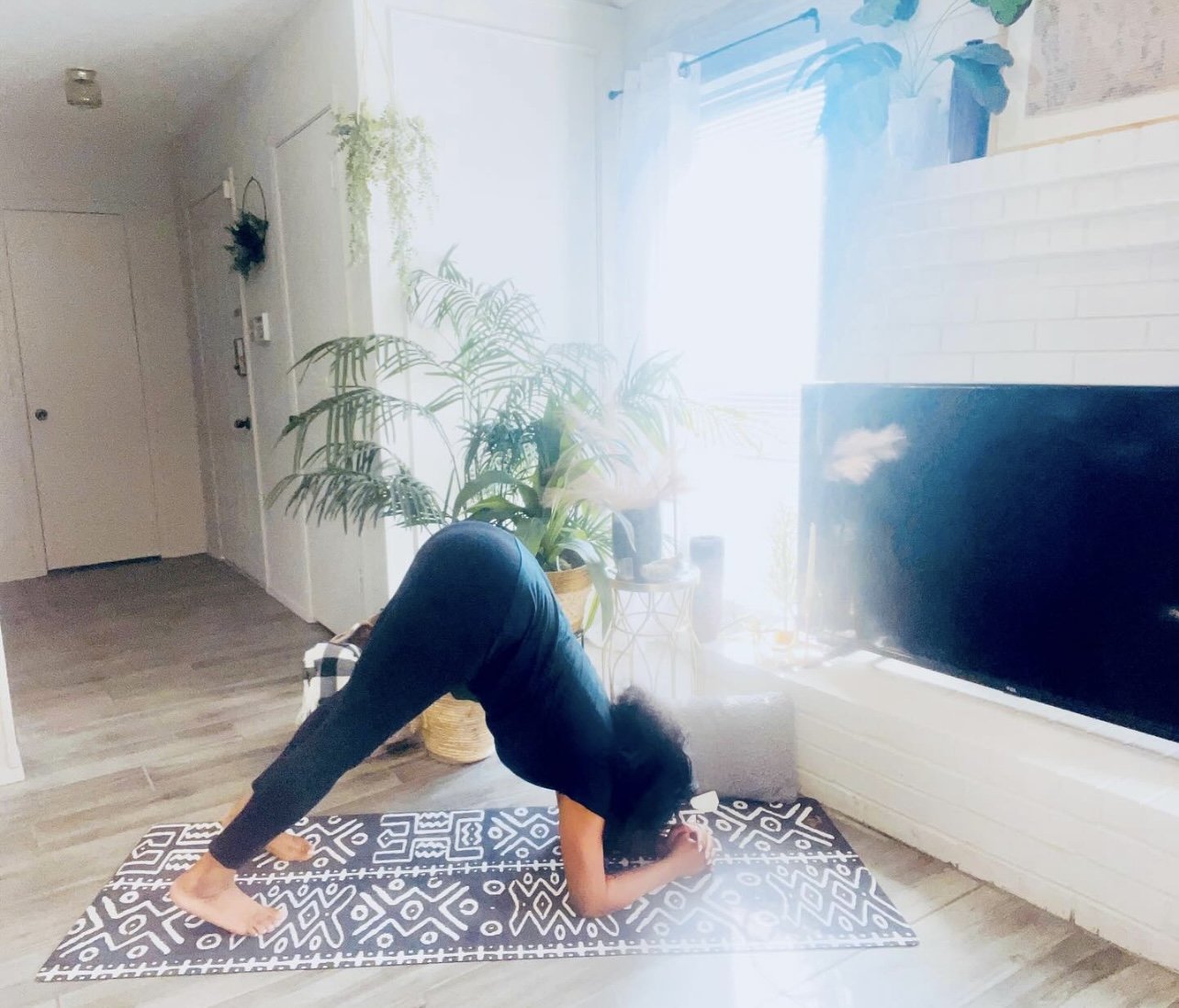
Ardha Pincha Mayurasana ~ Dolphin Pose
Also called Half Feathered Peacock Pose or Peacock Feather Pose, this inversion stretches and strengthens the upper body, improves hamstring flexibility, and helps prepare for headstands.
Dolphin Pose strengthens the core, arms, and legs, opens and strengthens the shoulders, and activates the arches of your feet.
Dolphin pose is challenging, so be careful when entering and exiting the pose.
-Do what feels best for you and your body.
-
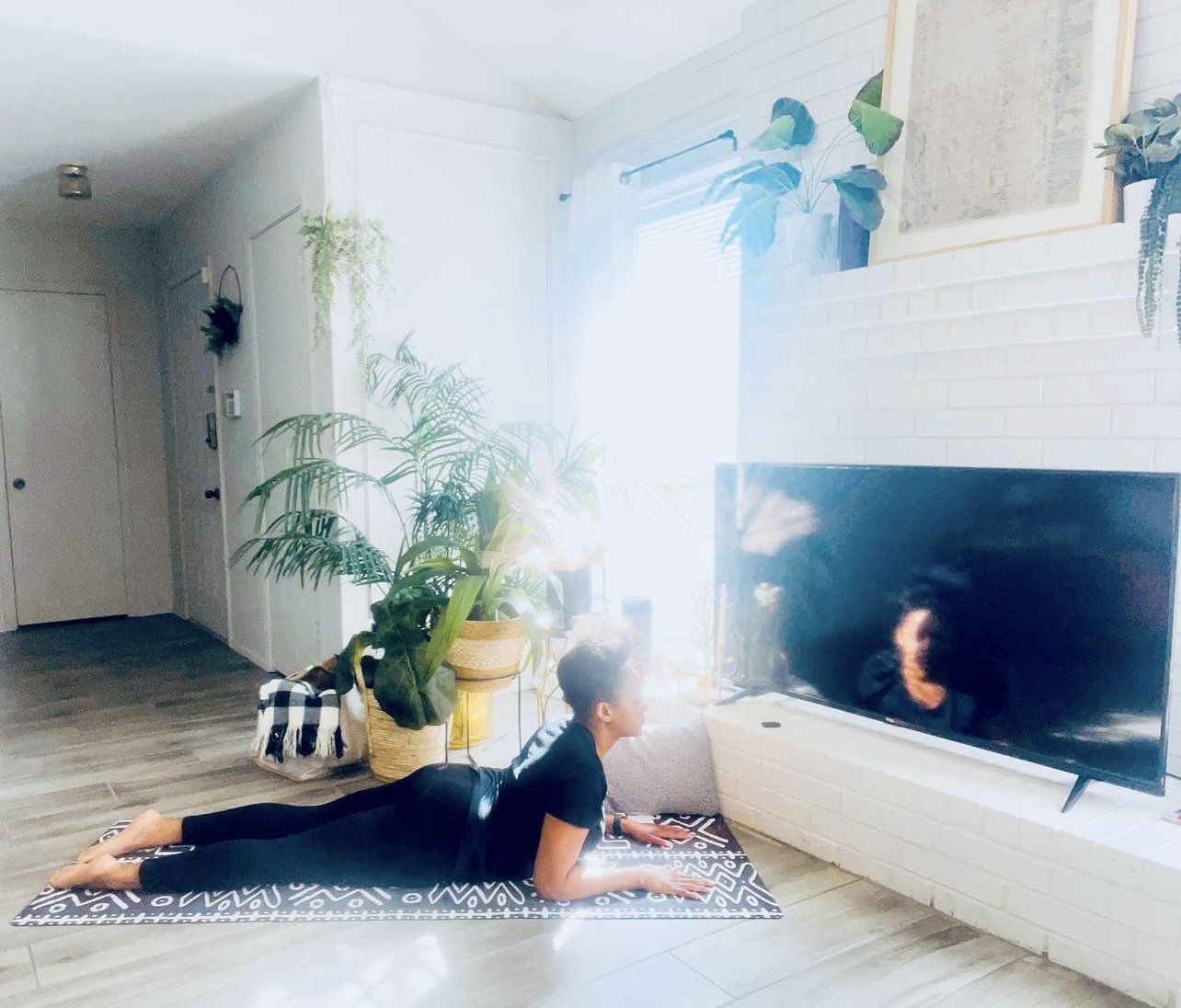
Salamba Bhujangasana ~ Sphinx Pose
Sphinx Pose is a gentle backbend that stretches the abdomen, strengthens the spine, and tightens the buttocks. It boosts energy and calms the nervous system. This pose improves lower back flexibility, builds core strength, and expands the chest for better breathing. It also loosens the shoulders, helps with posture, and relaxes the mind by reducing stress. Additionally, it increases blood flow to the brain for better alertness, enhances mood through endorphin release, and encourages feelings of openness and gratitude.
-
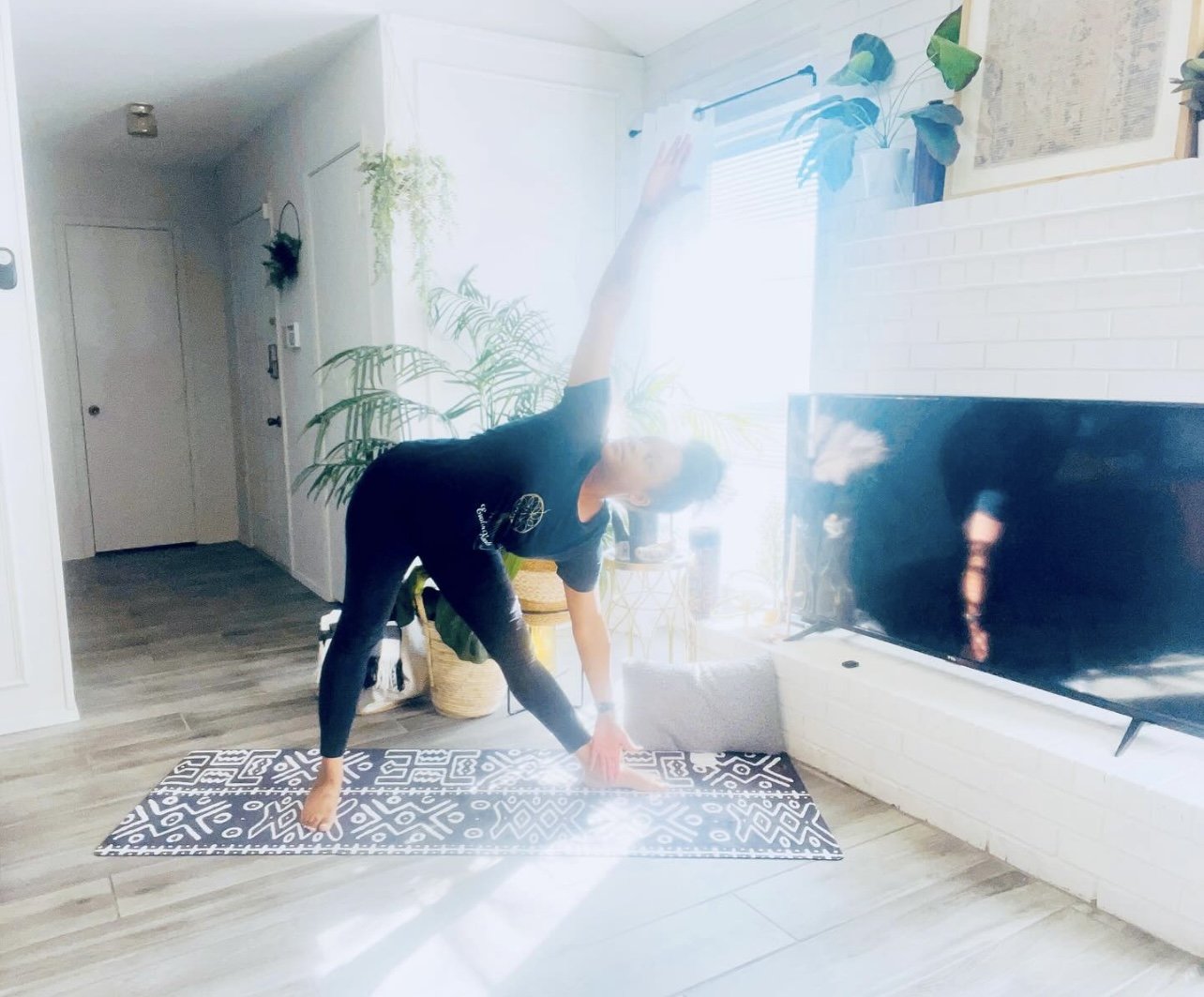
Trikonasana ~ Triangle Pose
Triangle pose is a basic standing posture that strengthens and stretches the hamstrings, groin, thighs, knees, hips, and spine while opening the shoulders. It requires focus, balance, and steady breathing, helping to center your mind. Triangle Pose also supports the Root, Heart, and Sacral Chakras, activates core muscles for better balance, and reduces stress.
-
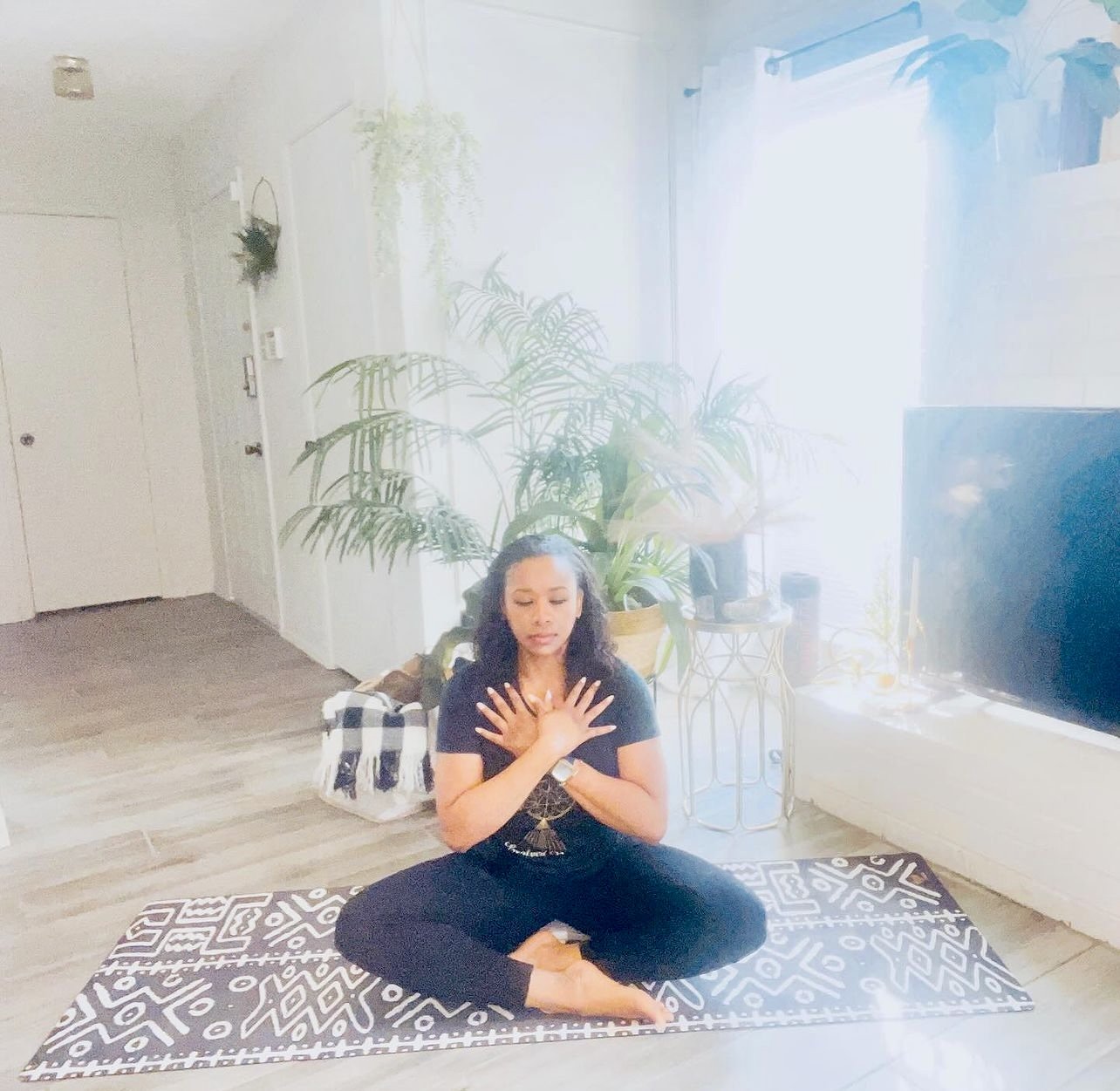
Garuda Mudra
Mudras are hand gestures that help us focus and boost our energy. They are used in both movement and meditation to enhance energy flow and calm the mind. The garuda mudra helps balance Vata energy in the body. When held, it resembles eagle wings and helps regulate breath and air energy. If Vata energy is unbalanced, you may feel stuck or scattered. The garuda mudra can help bring in energy if you feel stuck or calm it if you feel scattered.
-
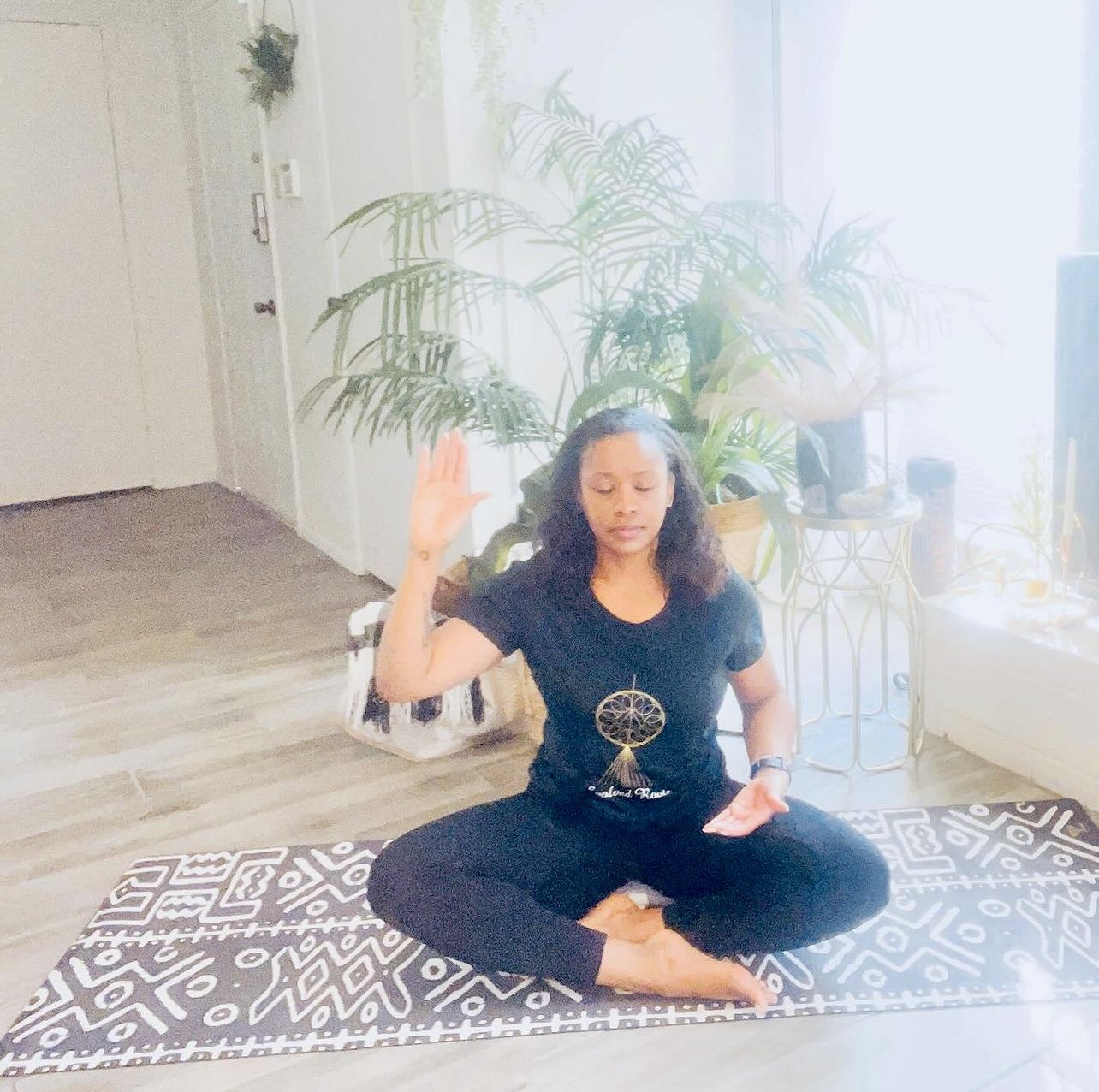
Abha ya Mudra
Abhaya mudra represents safety, protection, peace, and reassurance, especially in tough times. It removes fear and promotes courage, as "Abhaya" means "fearlessness" in Sanskrit.
-
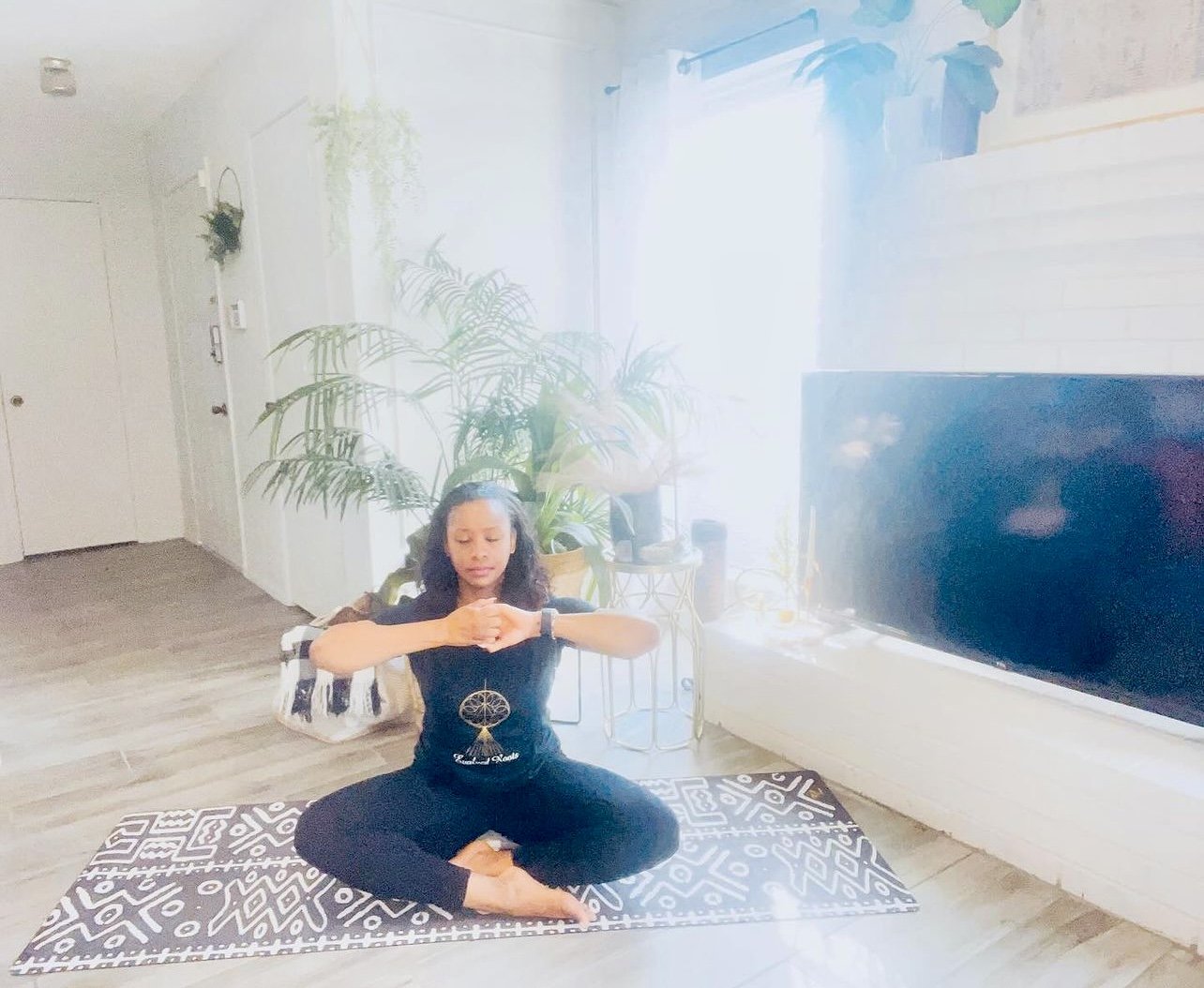
Ganesha Mudra
Named after the Hindu elephant God Ganesh, this mudra is thought to call upon his power to remove obstacles. Practicing the Ganesha mudra is believed to boost self-confidence and give you the strength to overcome challenges.
-
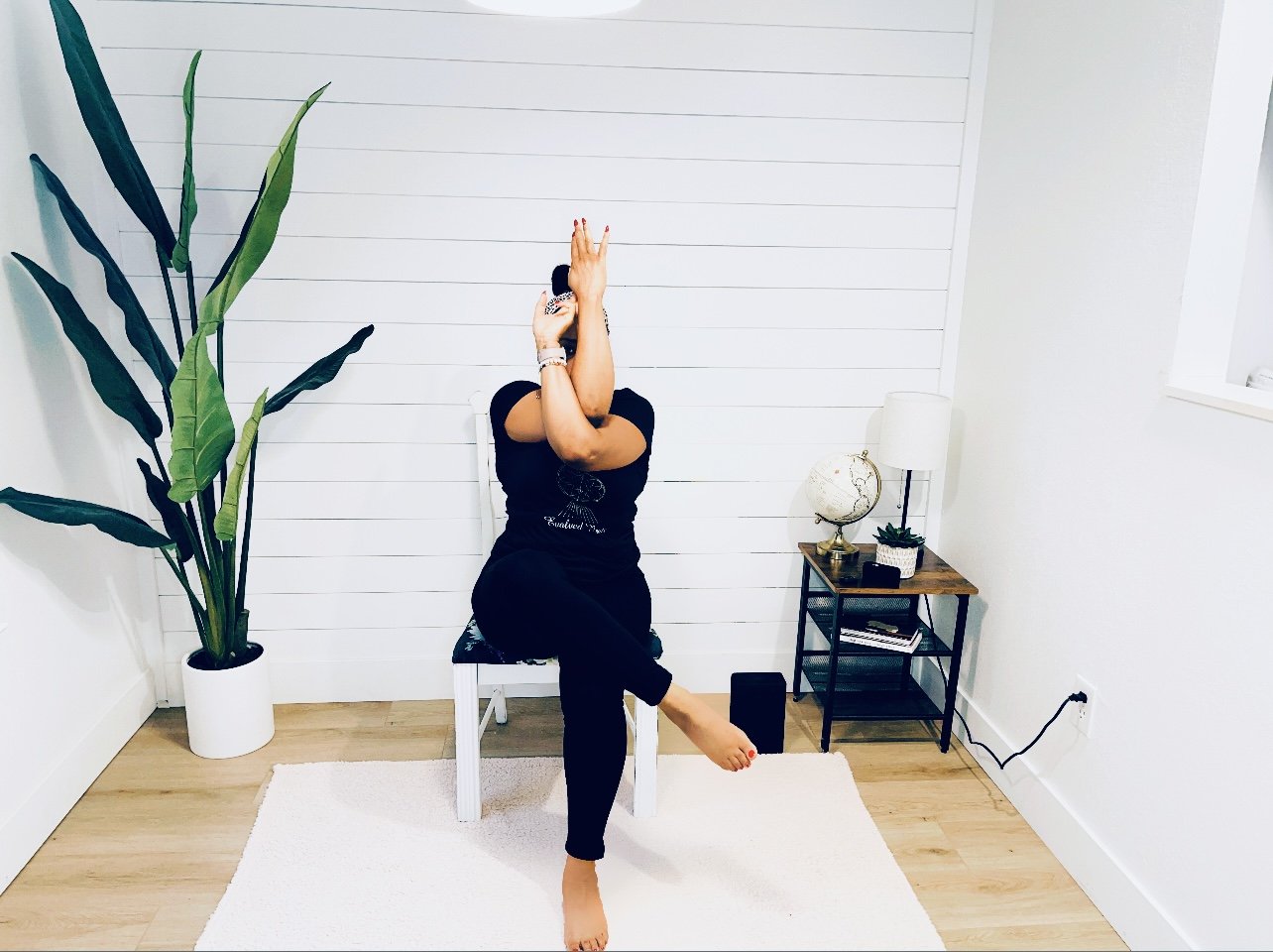
Garudasana ~ Eagle pose in a chair
Chair yoga is a type of yoga done while sitting in a chair. It provides balance and comfort for people with injuries, health issues, or balance problems. Chair yoga can help reduce stress, enhance mood, increase confidence, and alleviate anxiety and depression.
Eagle pose in a chair is an exercise that stretches and strengthens the arms, shoulders, and upper back while rotating the hips.
Eagle Pose in a Chair activates, stretches, and works the muscles in the arms and shoulders, upper back, and knees
-
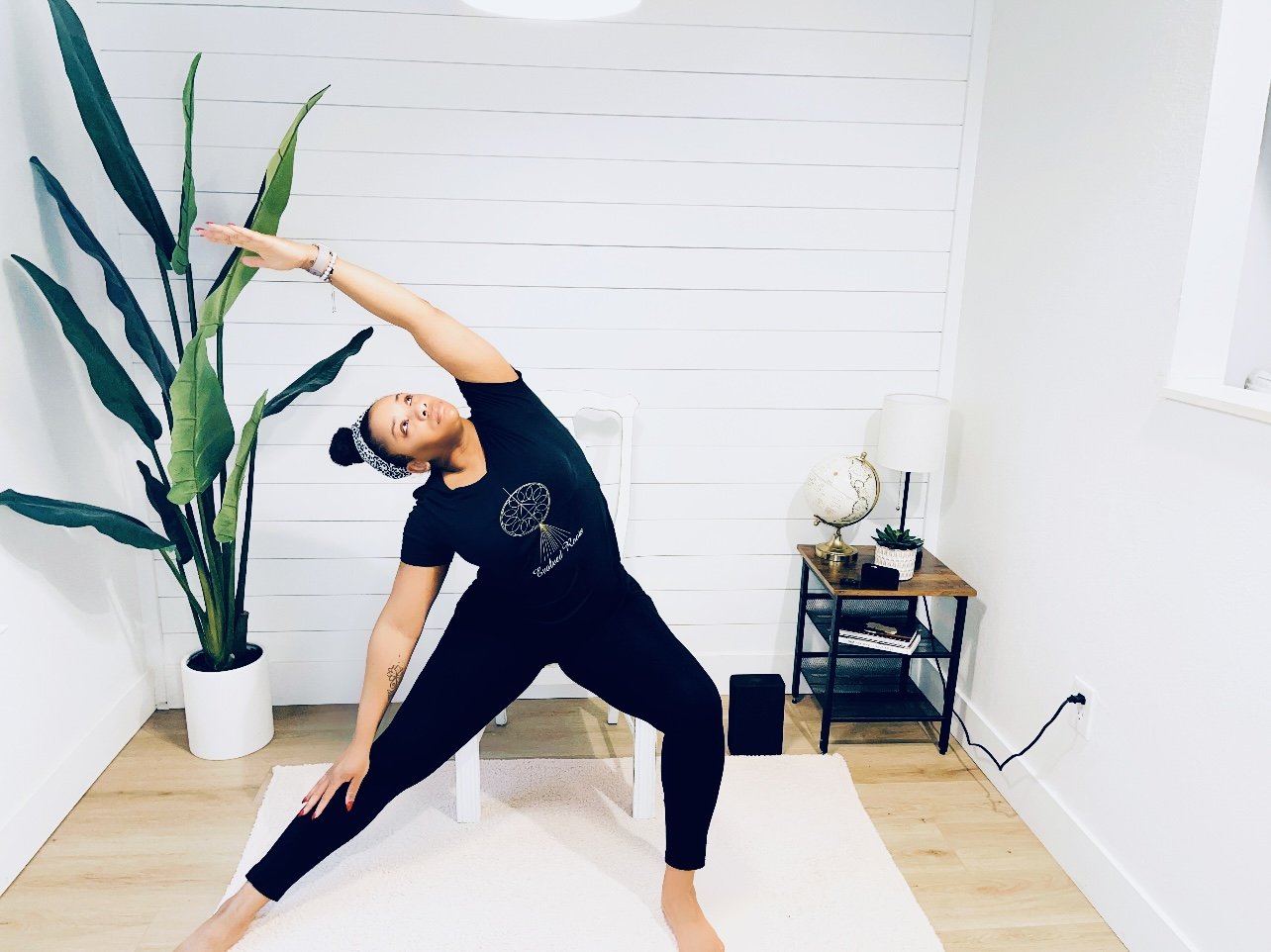
Parighasana ~ Gate Pose On Chair
Seated Gate pose opens and stretches the upper body and sides while activating the Heart Chakra and working the intercostal muscles.
Seated Gate Pose strengthens muscles in the arms and shoulders, middle and upper back, glutes, chest, hips, external hips, psoas
-
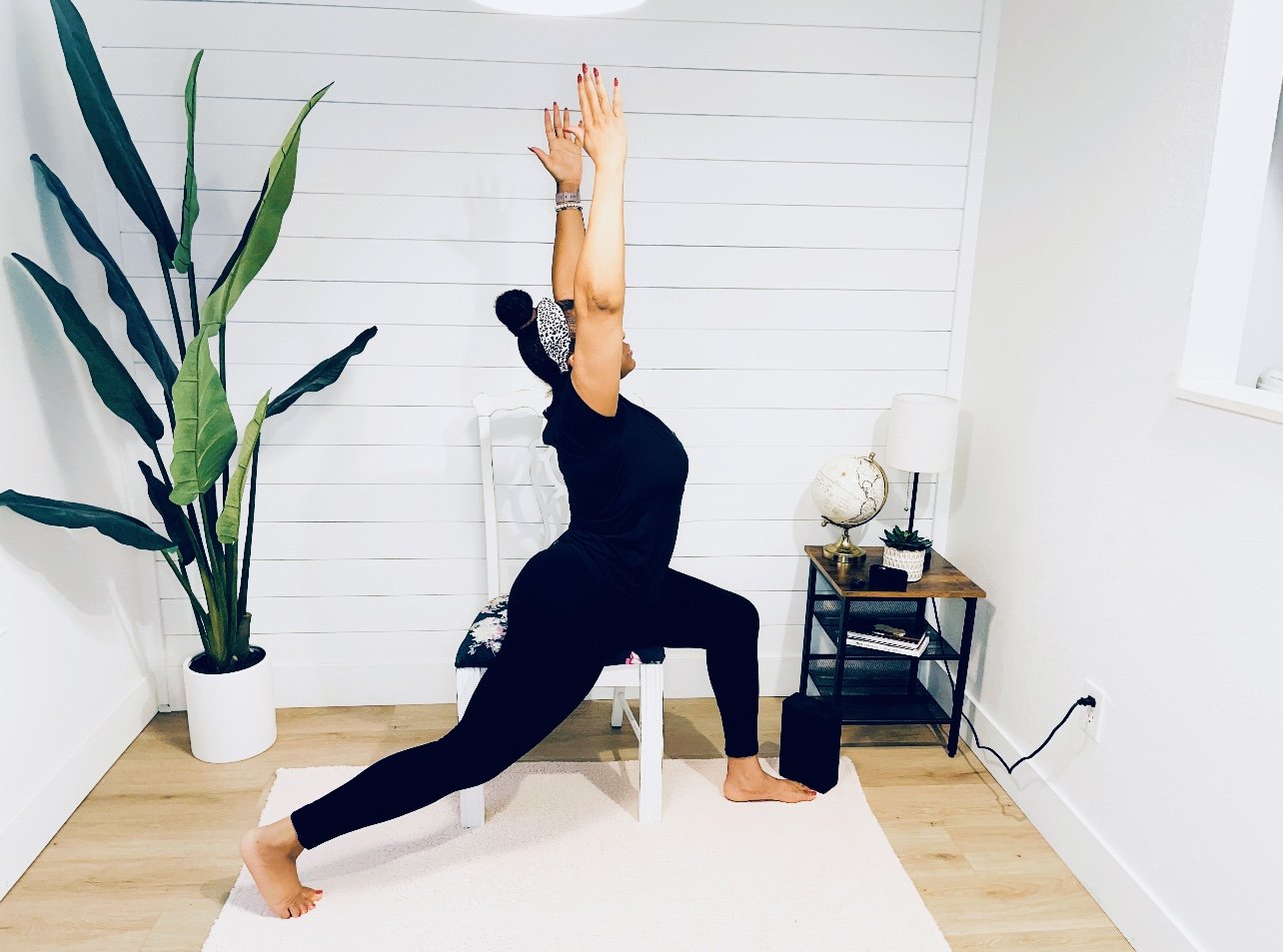
Ashta Chandrasana ~ High Lunge in a Chair
High Lunge in a Chair is an easier version of the basic pose, where the lower body rests on the chair, reducing stress on the knees and ankles. This position helps build stability, strength, and flexibility in the muscles.
High Lunge in a Chair activates the glutes, hamstrings, hips, inner hips, knees, psoas, quadriceps
-
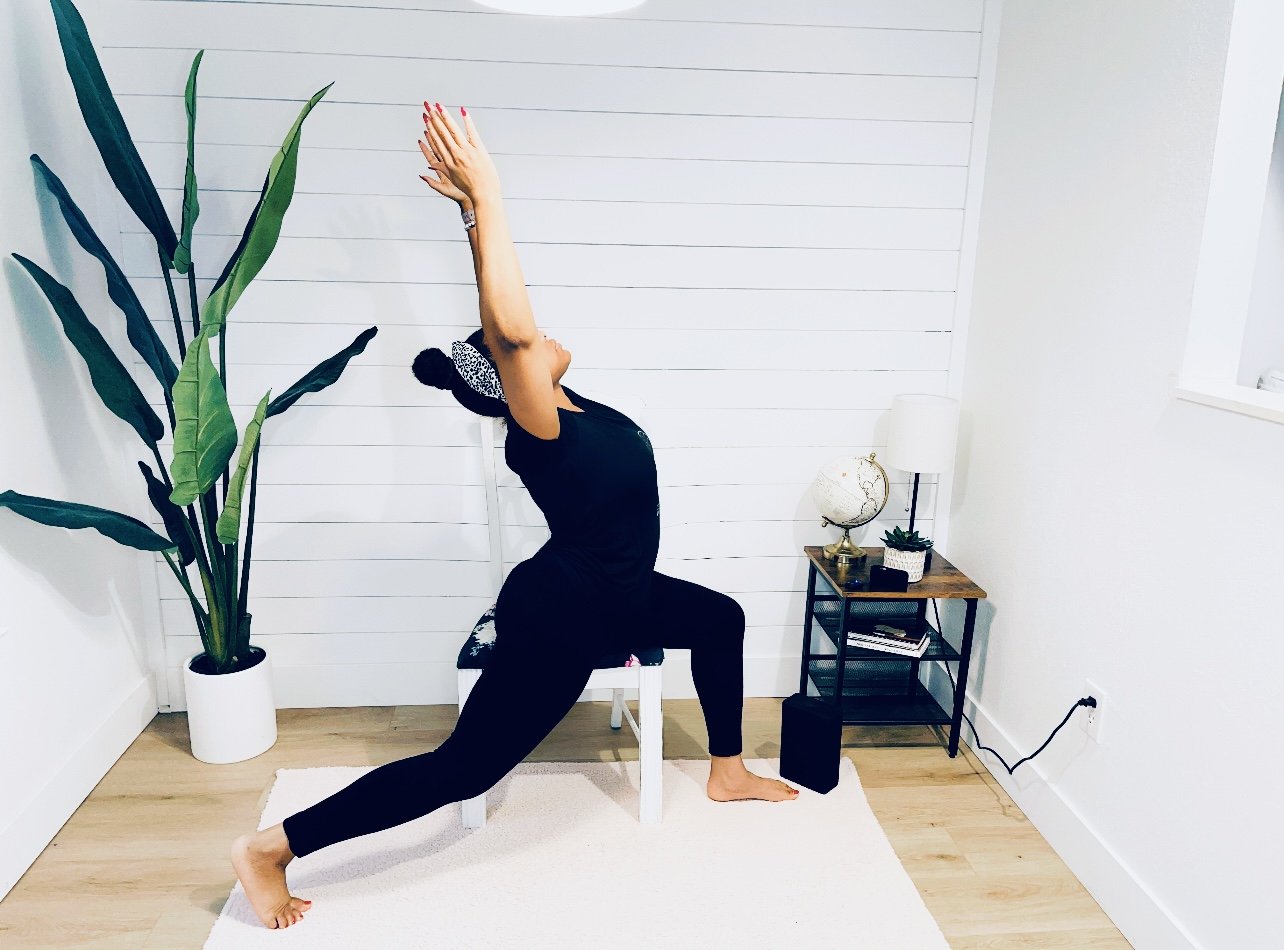
Anjaneyasana ~ Crescent Lunge in a chair
Crescent Lunge in a chair strengthens and tones the thighs, hips, and buttocks while improving balance and flexibility. This posture opens the front of the body, boosting energy and reducing fatigue.
Crescent Lunge in a Chair activates, stretches, and engages the hip flexors, chest, shoulders, torso, and quadriceps.
It's a great energizing pose that counteracts the strain from cycling, running, or prolonged sitting.
-
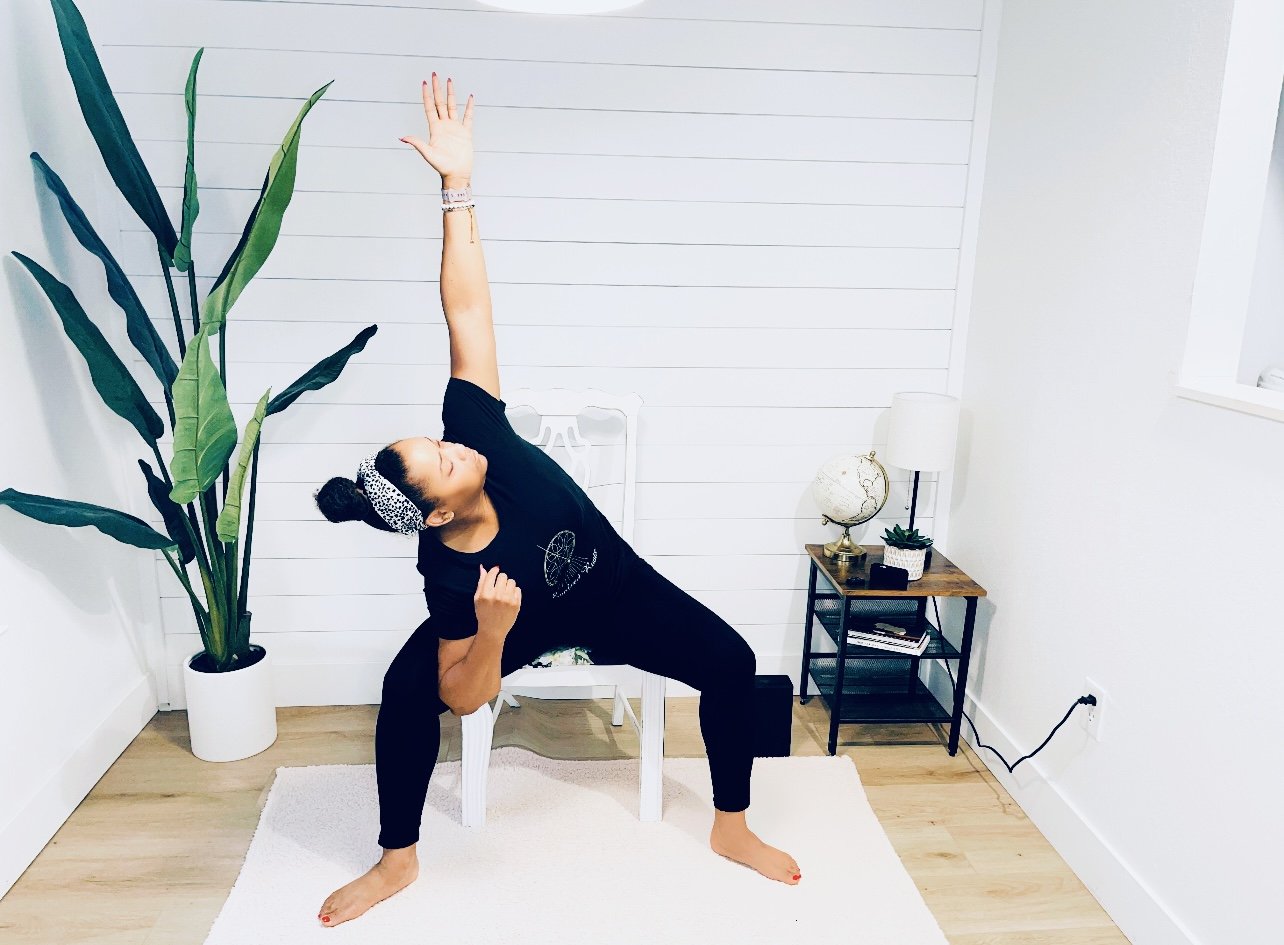
Utkata Konasana ~ Goddess Side Stretch in a chair
Goddess Pose Chair Side Stretch is like the Yin Yoga Horse Side Stretch but done while seated. It is helpful for people with knee and ankle issues, tight hips and shoulders, or those recovering from injuries or surgery. With the lower body supported by the chair, you can focus on your upper body, allowing for deeper breathing and muscle work in the abdomen, chest, rib cage, shoulders, and upper back.
Goddess Pose Chair Side Stretch activates, stretches, and engages the upper back, chest, hips, external hips
knees, pelvic area, psoas -
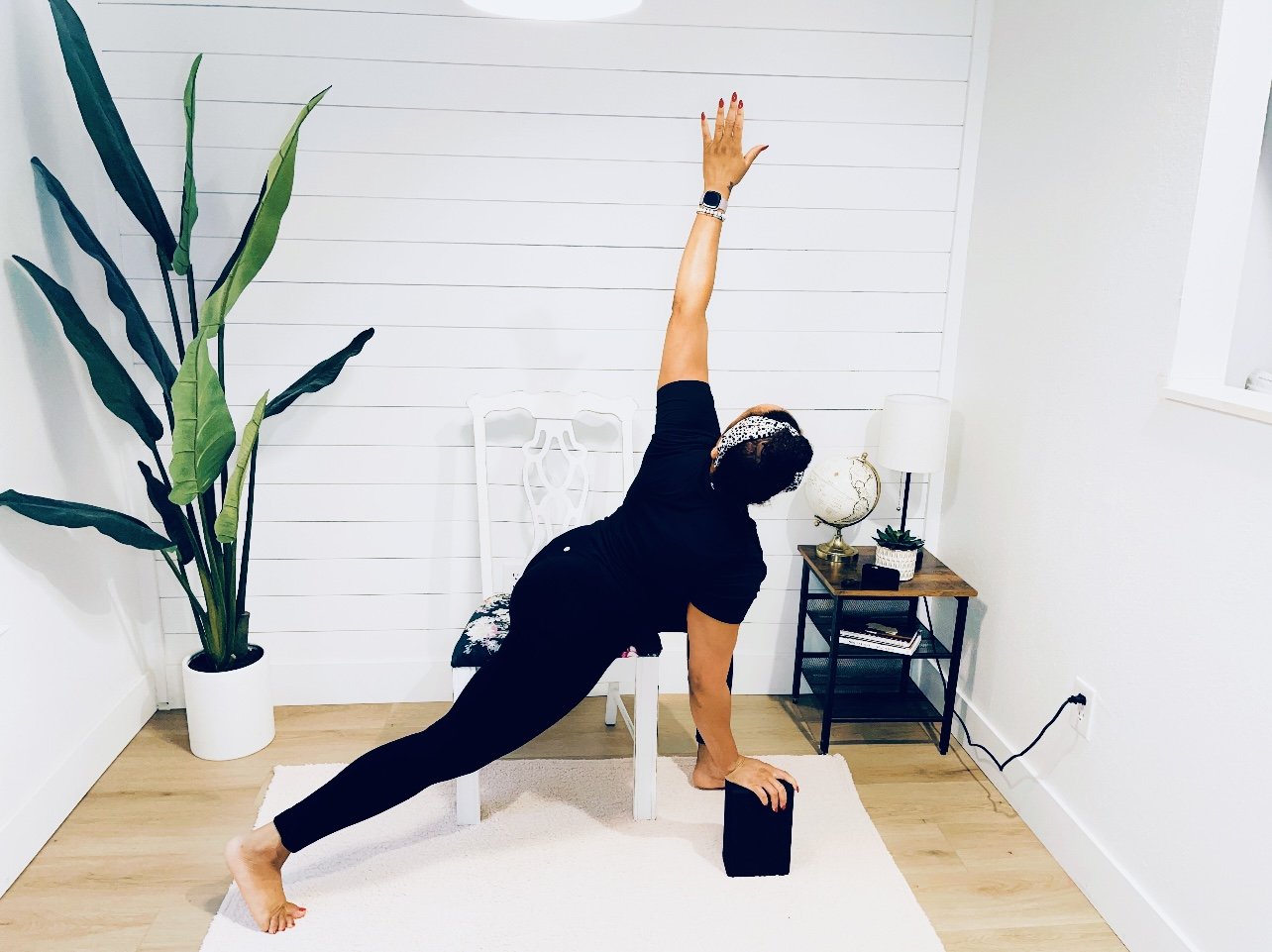
Parivrtta Utthita Ashwa Sanchalanasana ~ Revolved Lunge Pose in a chair
Revolved Lunge, or lunge twist, is a great exercise for opening the heart and hips. This pose involves bending, stretching, and twisting while balancing in a chair.
Revolved Lunge Pose in a Chair strengthens the muscles in the arms and shoulders, lower back, core, glutes, hamstrings, chest, hips, knees, neck, psoas, quadriceps
Meditate With Me
Meditate With Me

